Foraging In July 2022
Posted on 29th July 2022
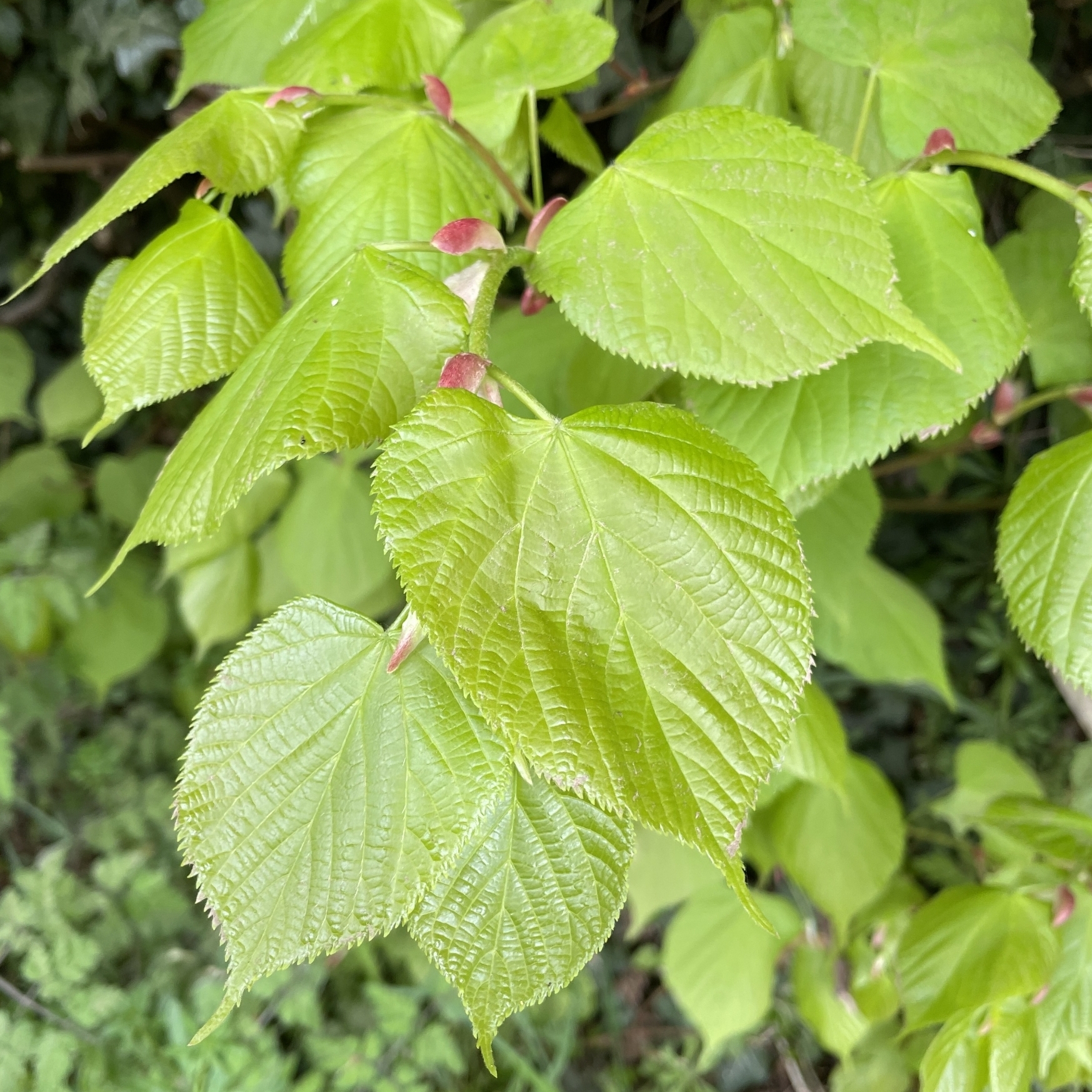
J U L Y
Foraging in July 2022 : What we’ve spotted this month
There have been lots of tasty treats and some fantastic wildlife spots this month. We’ve been enjoying the summer weather and plenty of walks however, we’ve noticed that Mushrooms have been slower to show (due to all the dry spells and heatwaves) and so are a little excited for the rain to appear.
IT’s THE SUMMER HOLIDAYS
The Summer holidays are upon us and we have a whole host of ideas for you and your family to enjoy. Check out our foraging activities for the family this summer break.
Record your finds with our Foraging log sheet. A free and fantastic downloadable worksheet to help you keep tract of your foraging finds.
Our ’How To’ guides are packed with plenty of foraging themed activities to keep the kids occupied this Summer click here for more details.
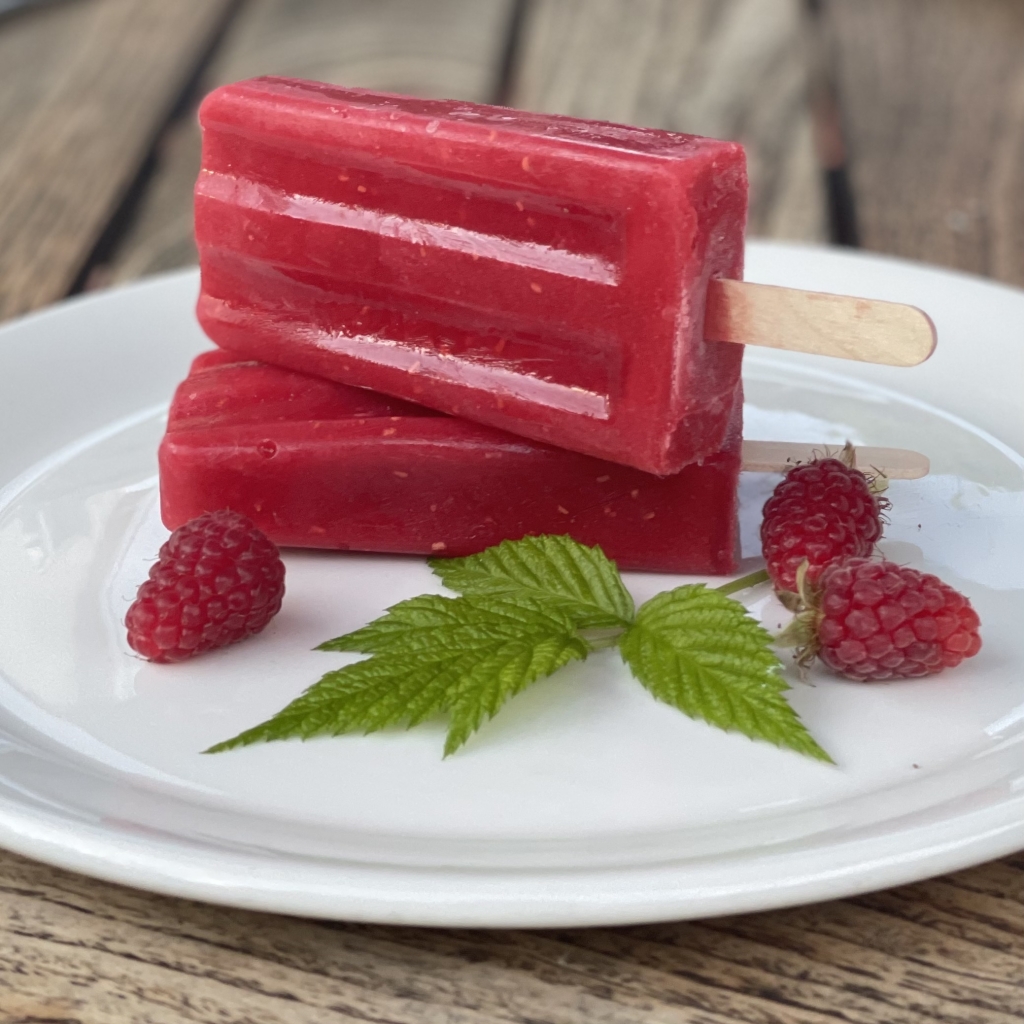
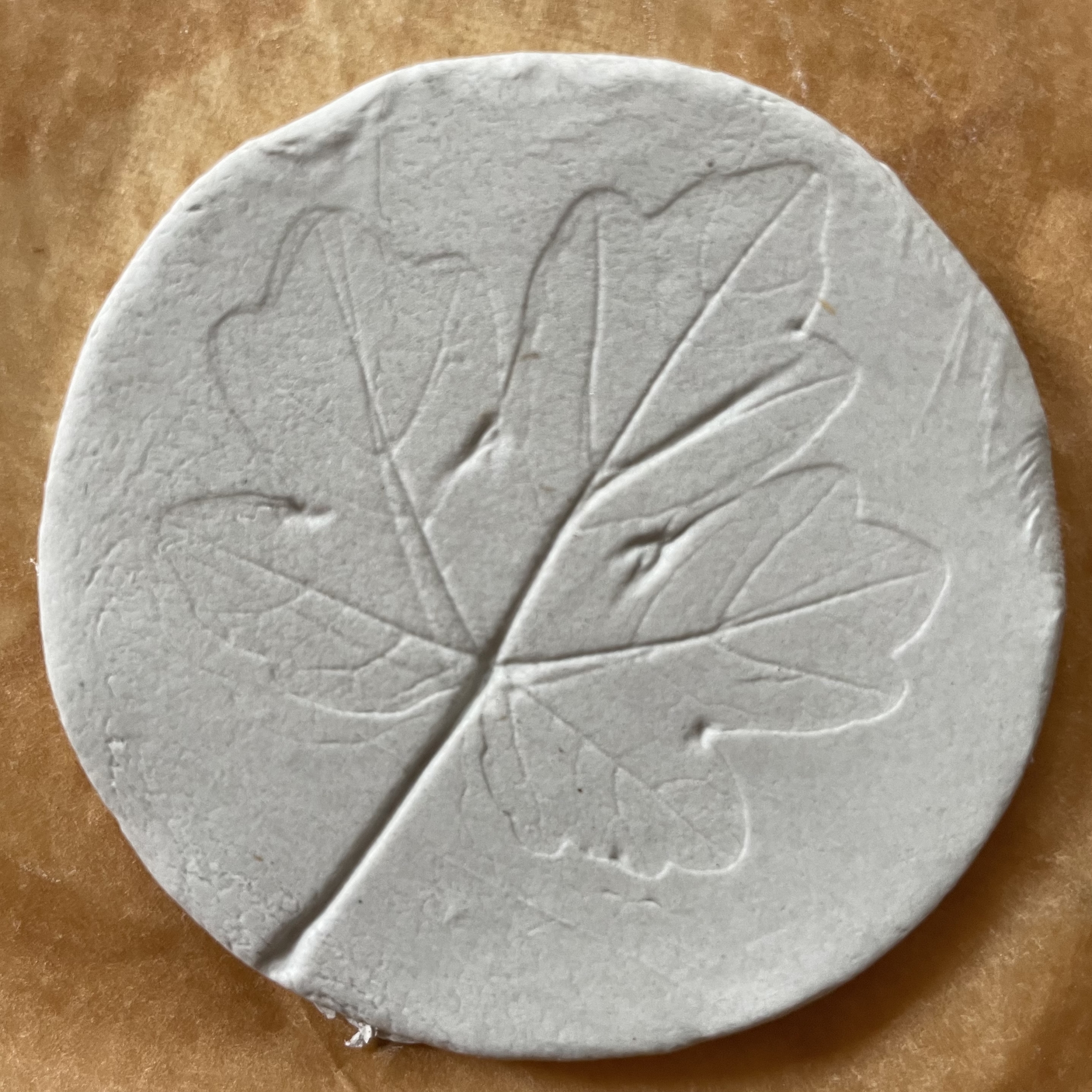
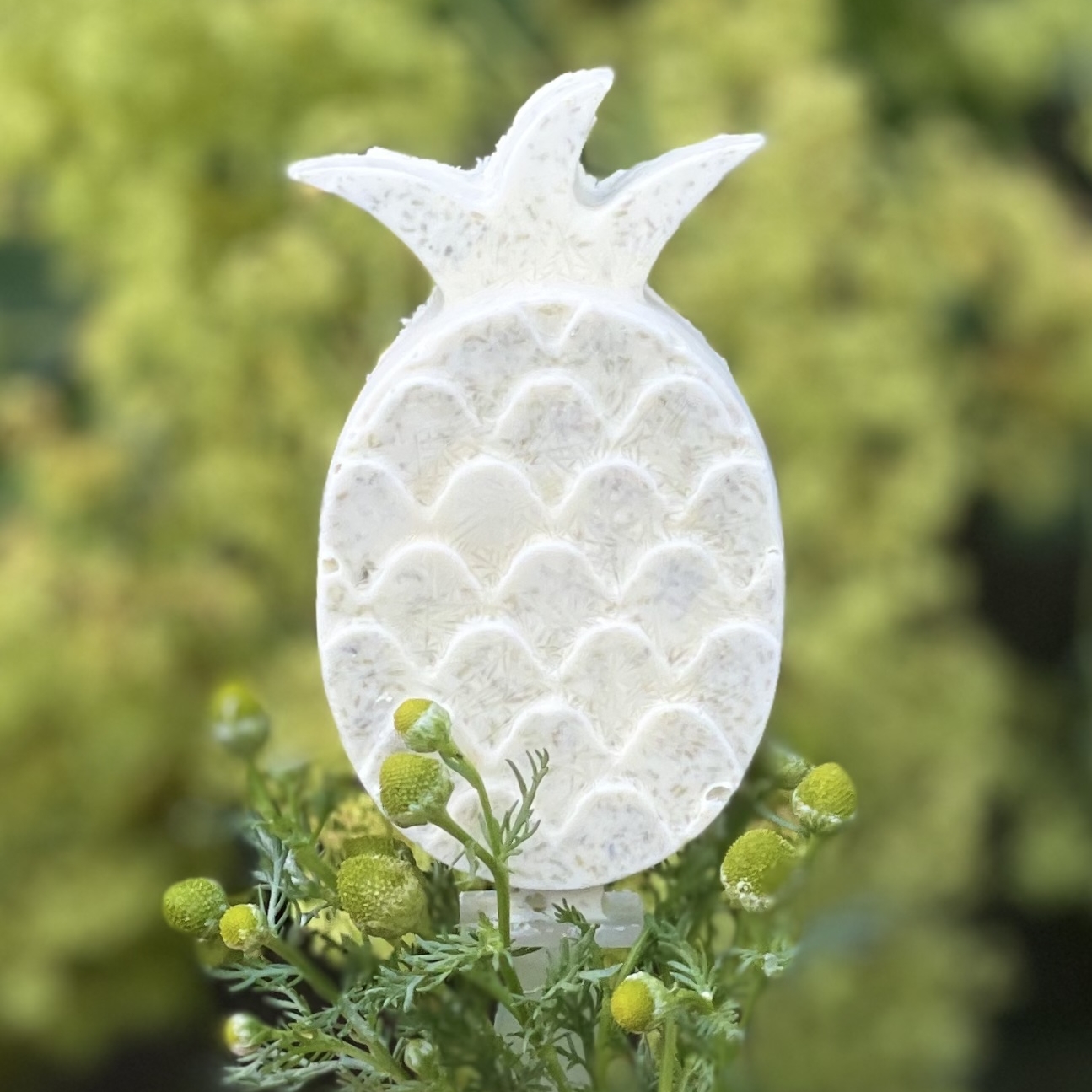
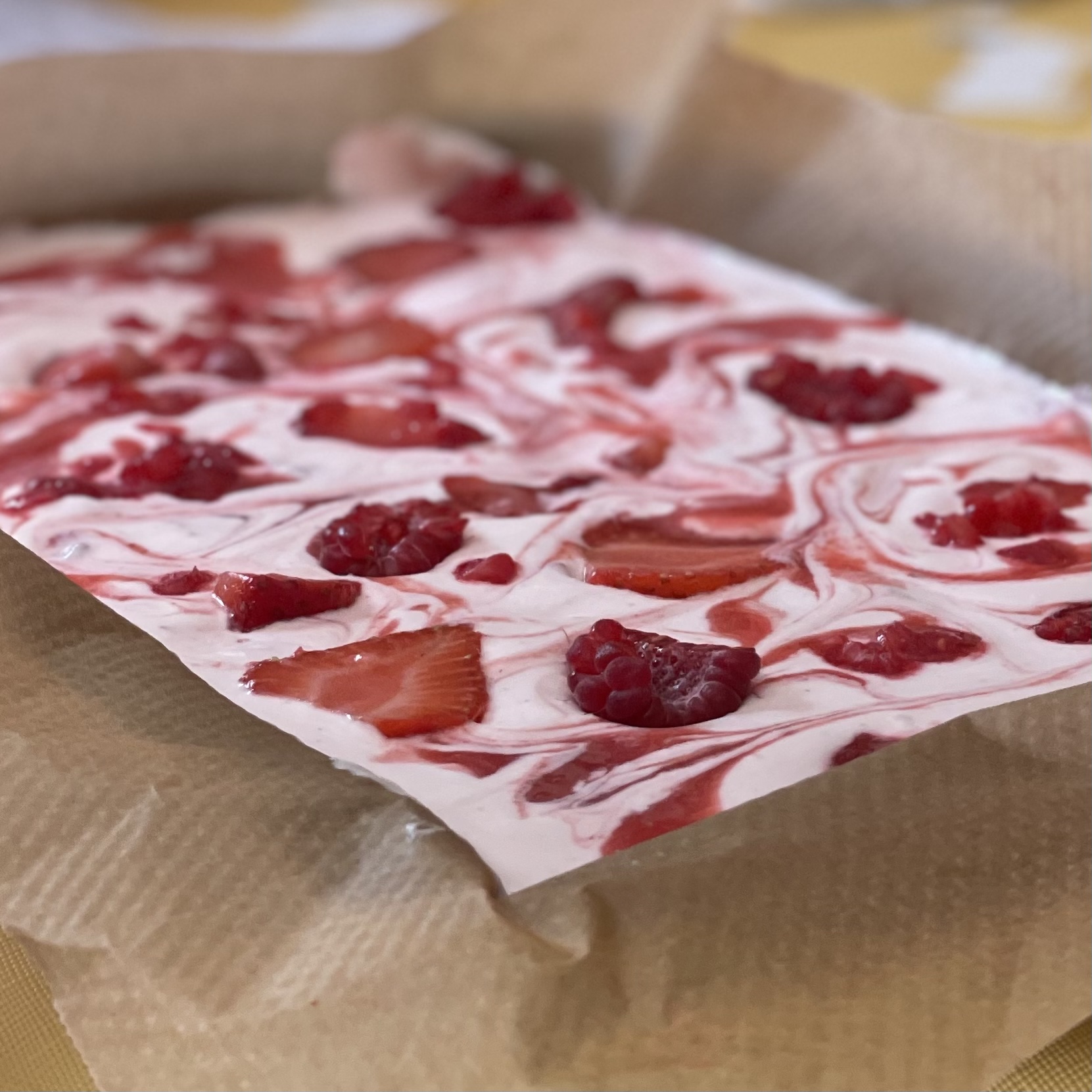
We’ve been busy creating a huge list of activities for you and the family to try out this summer. We’ve loved experimenting with flavours, foods and crafts and hope that you will enjoy our ‘how to make’ guides as much as we have creating them.
6th July Spots
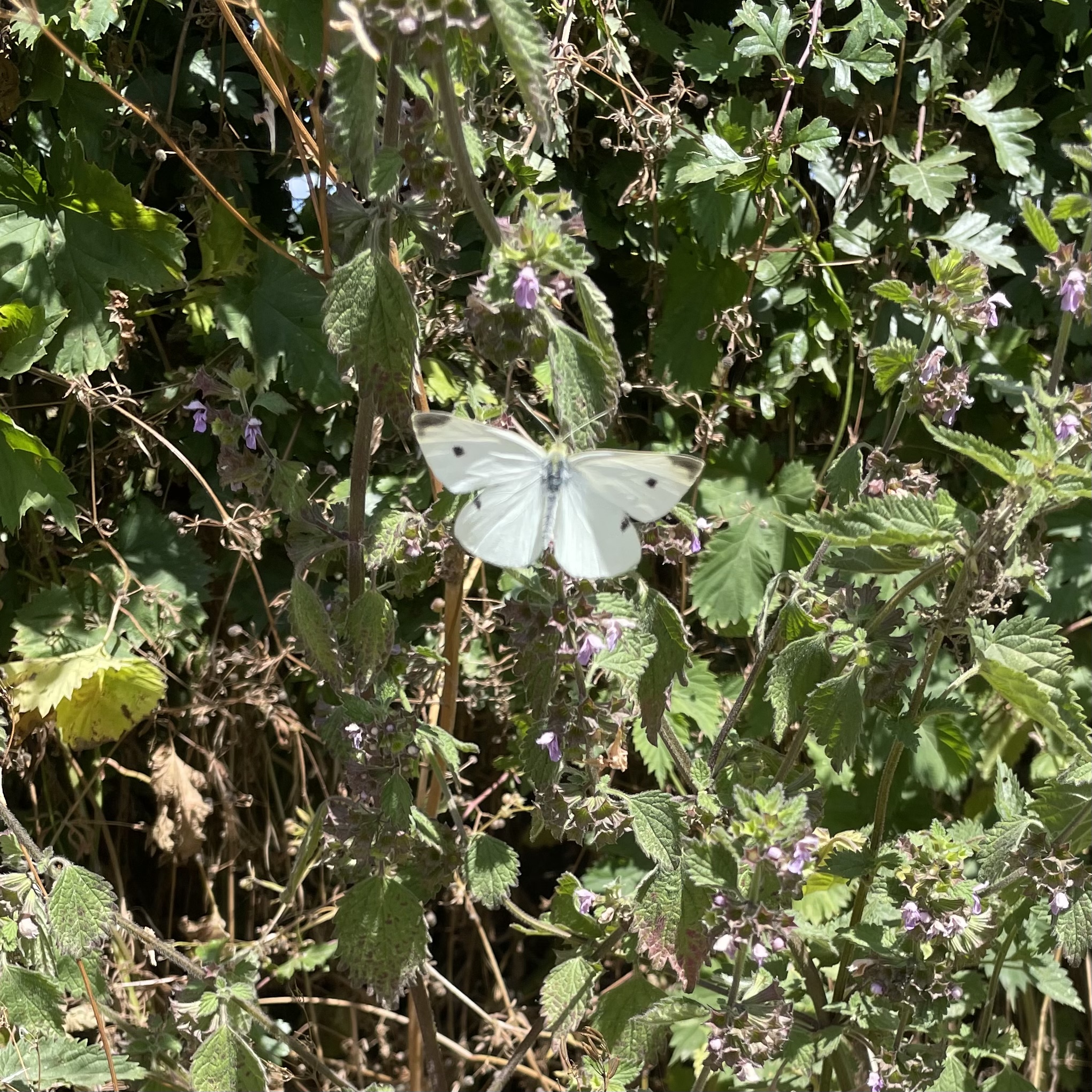
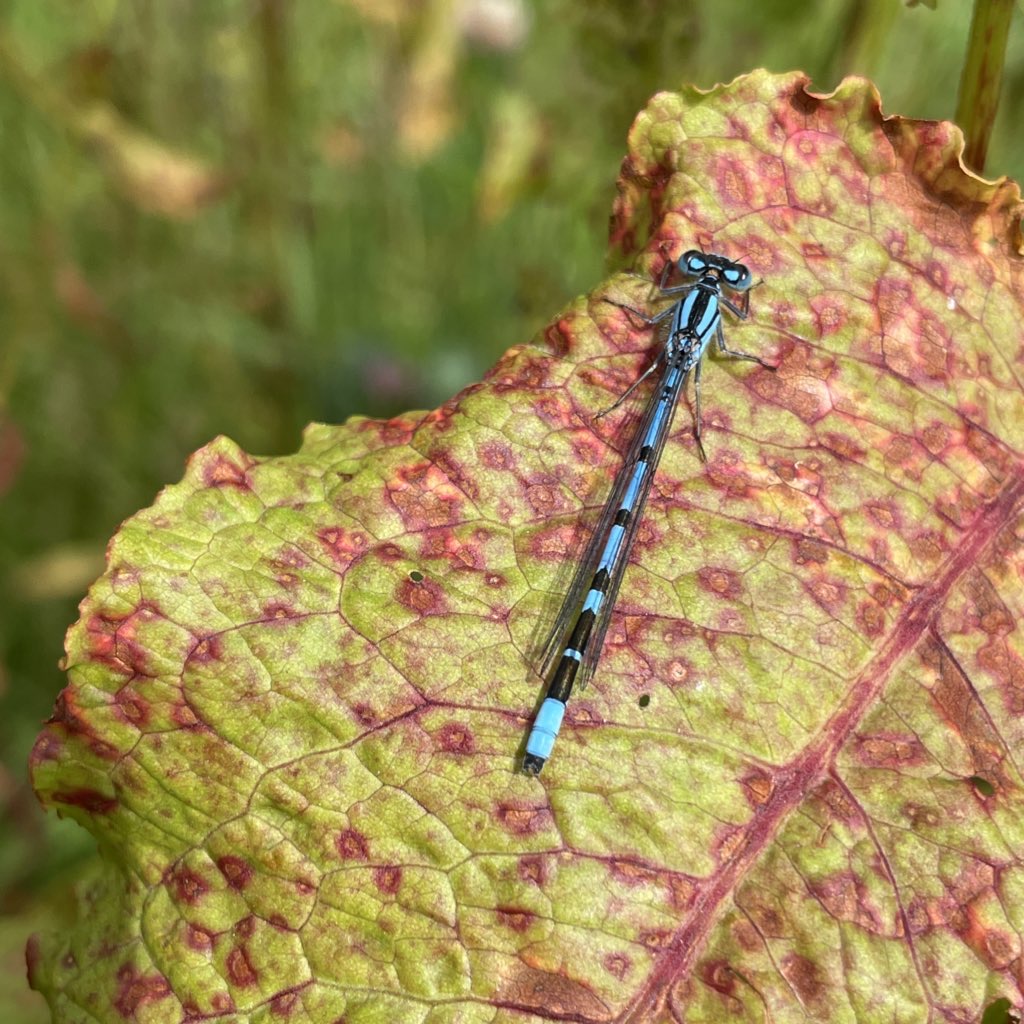
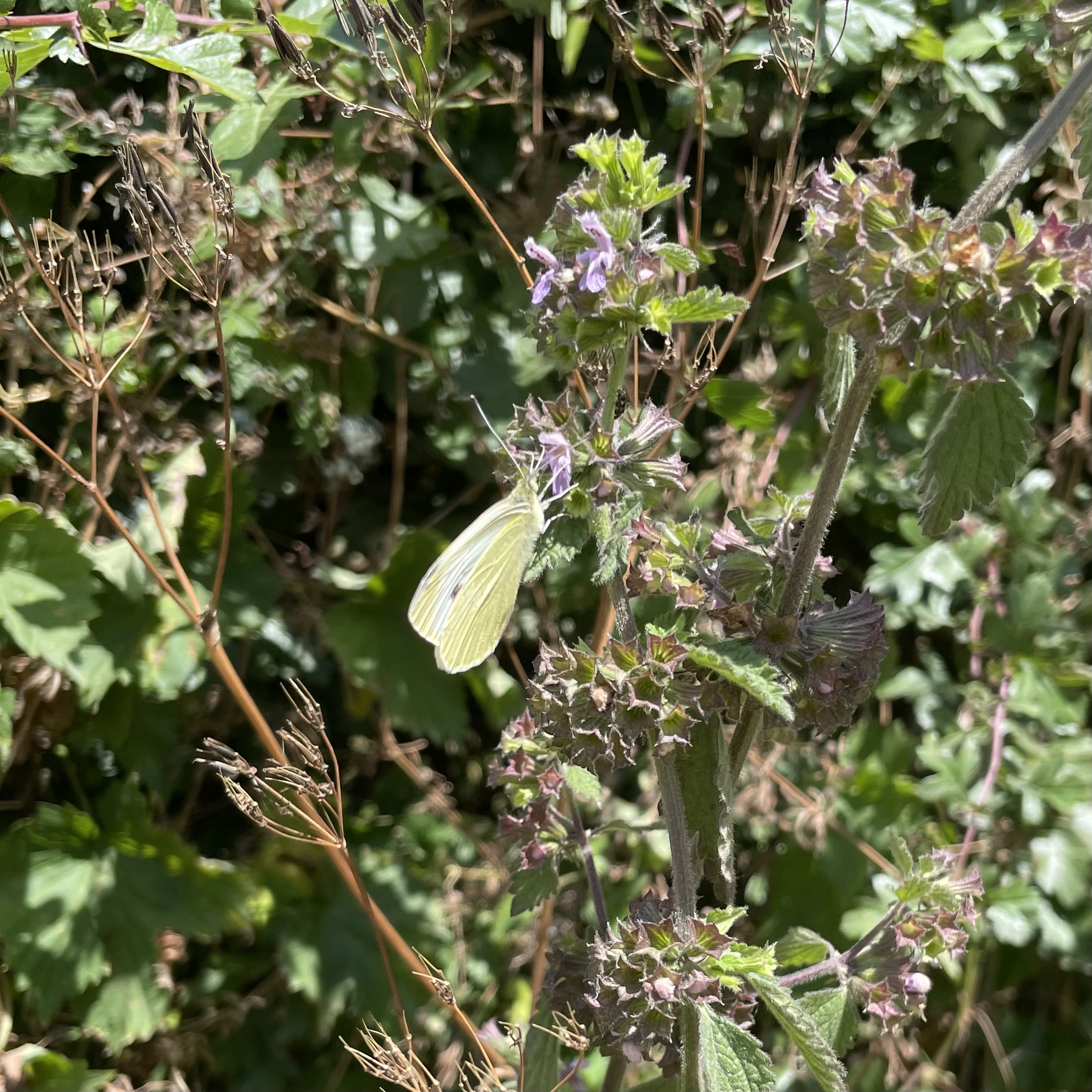
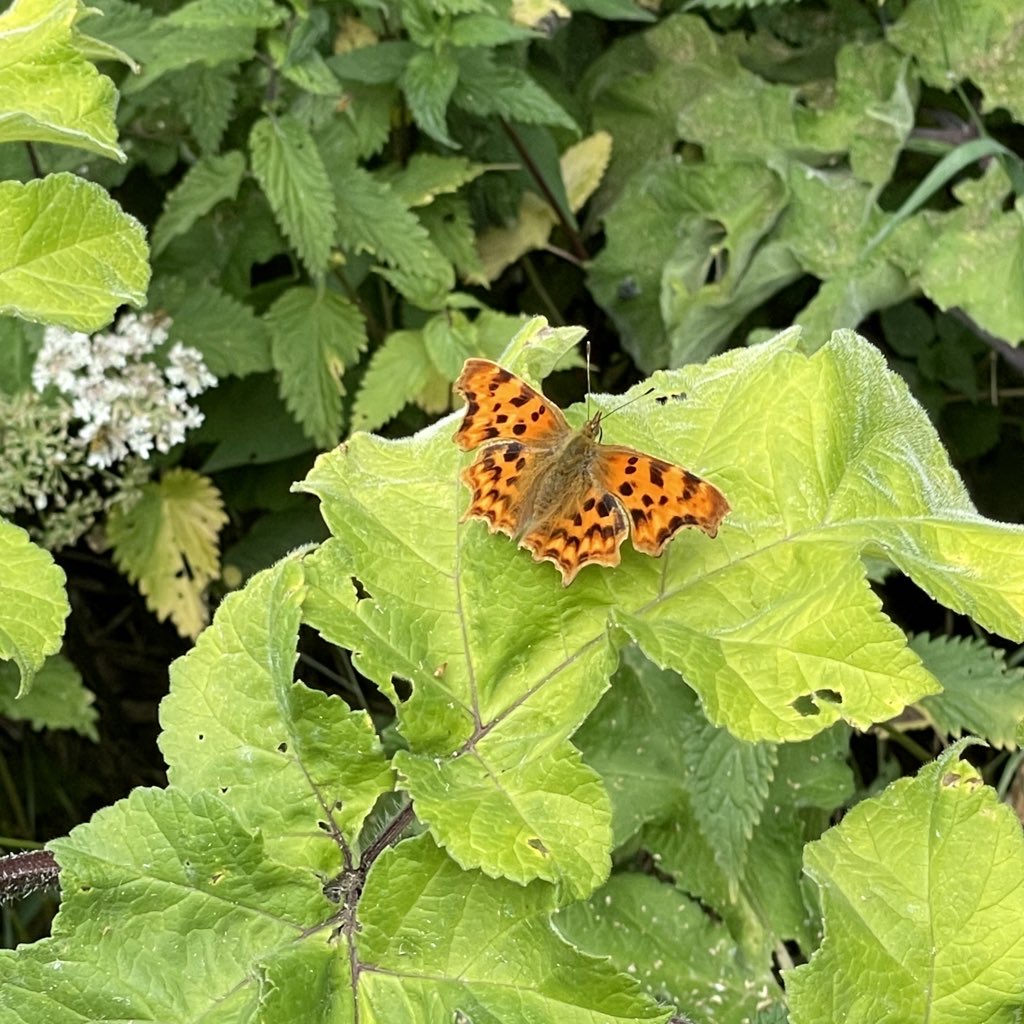
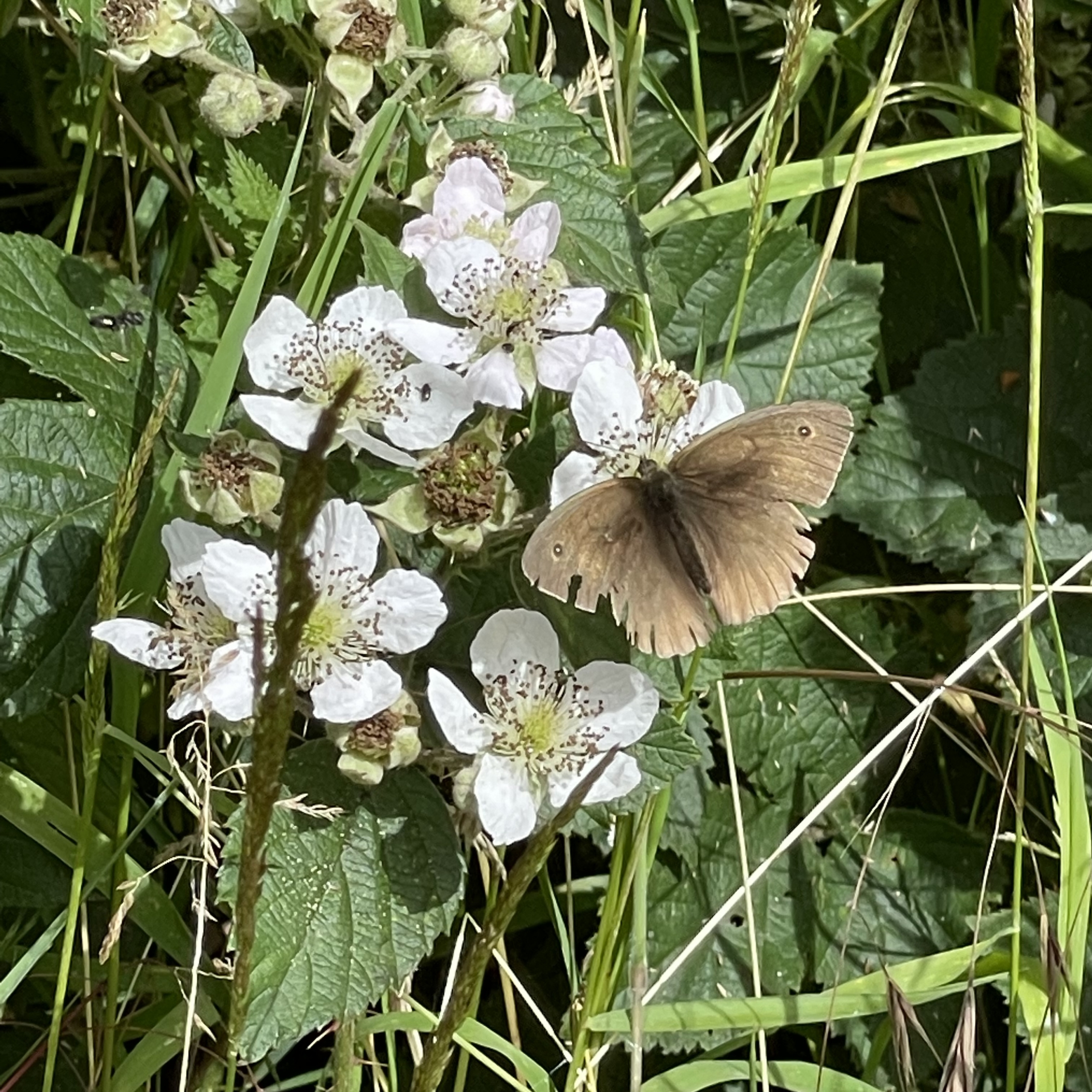
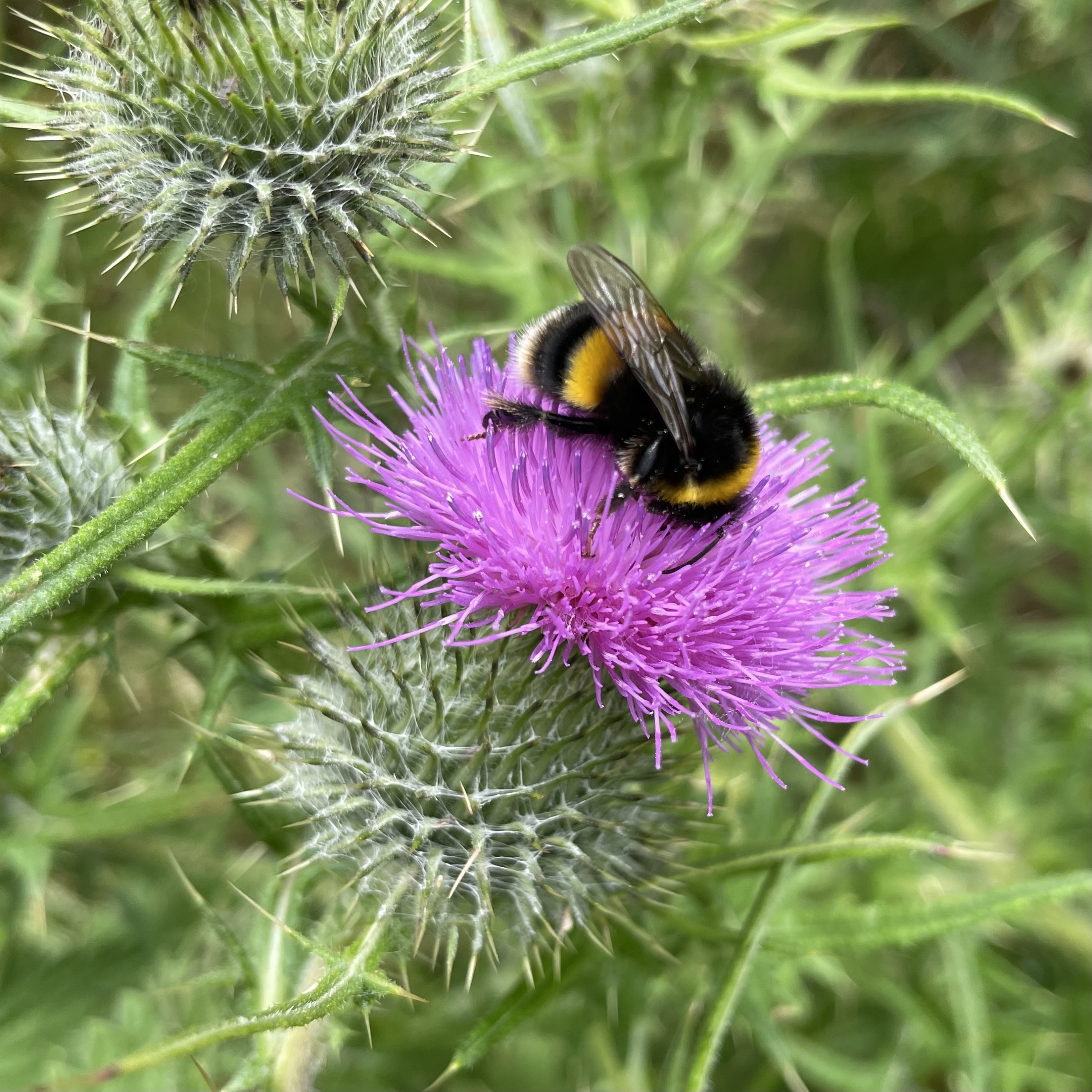
Great to see lots of wildlife spotted while we were out walking- Bees, Butterflies and Damselflies spotted.
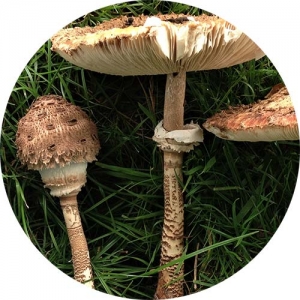
Check out Marlow’ Mushroom spot, do you think you can find a bigger Parasol Mushroom?
Head over to Wild Food UK’s YouTube to see more about this find.
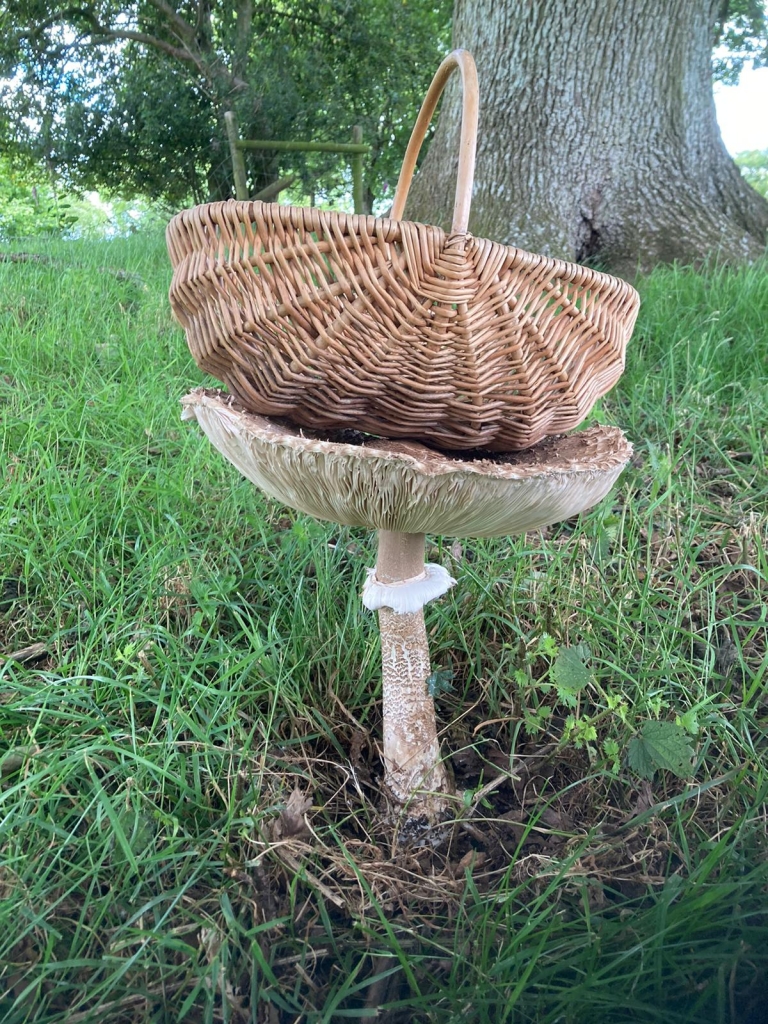
Check out Wild Food UK Recipe Section for some Parasol Mushroom meal inspiration.
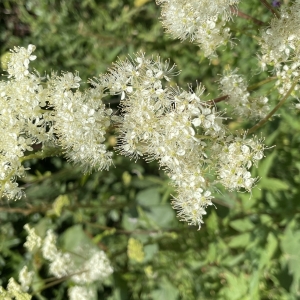
Scientific Name: Filipendula ulmaria
Meadowsweet is also referred to as Meadsweet and Meadwort. This is a fairly common plant you may have seen growing along hedgerows, fields and damp meadows. It can be foraged from March until October and the flowers can be collected to make fritters or even champaign
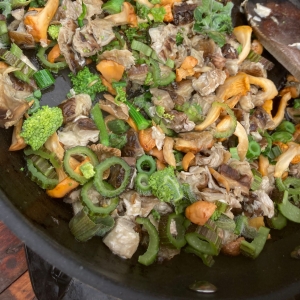
A few tasty treats served on a foraging course in early July: Common Hogweed Stems, and florets, Chanterelle and Parasol Mushroom.
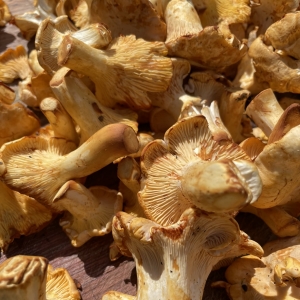
Scientific name: Cantharellus cibarius
Chanterelles smell fruity, quite like apricots. These gems are found in all types of woodland but mainly with beech in England and Birch in Scotland and usually growing in moss. They have and excellent taste and are a favourite among foragers.
Follow are super simple Pizza Recipe

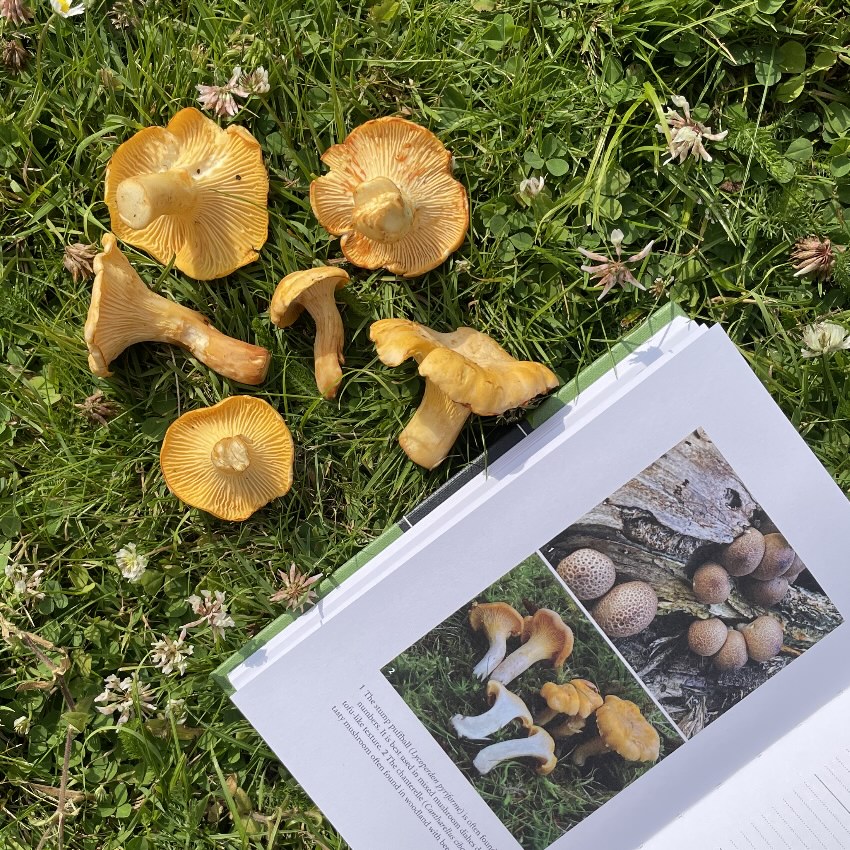
Our Foraging Field Journal in action! We use ours to jot down where and when in the year we find an edible plant or mushroom.
Click Here to get yours today
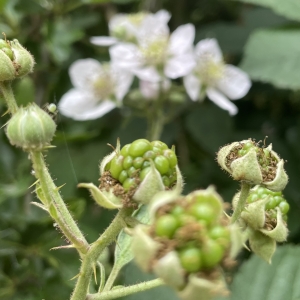
Scientific name: Rubus fruticosus
We’ve been spotting some Bramble flowers appearing to blossom in Blackberry hedgerows all over on our walks. As you can, the berries are still green, unripe and still growing earlier in the month. when fruiting, Blackberries offer a very delicious treat for our plates. We are based in the midlands but we’ve been receiving your ripened blackberry photos all month! We’ve been very jealous. Luckily we didn’t have to wait too long and in the last week of July we’ve seen hundreds of theses berries litter the hedgerows.
I think a blackberry and apple crumble is first on our list… if they make it back to the office!
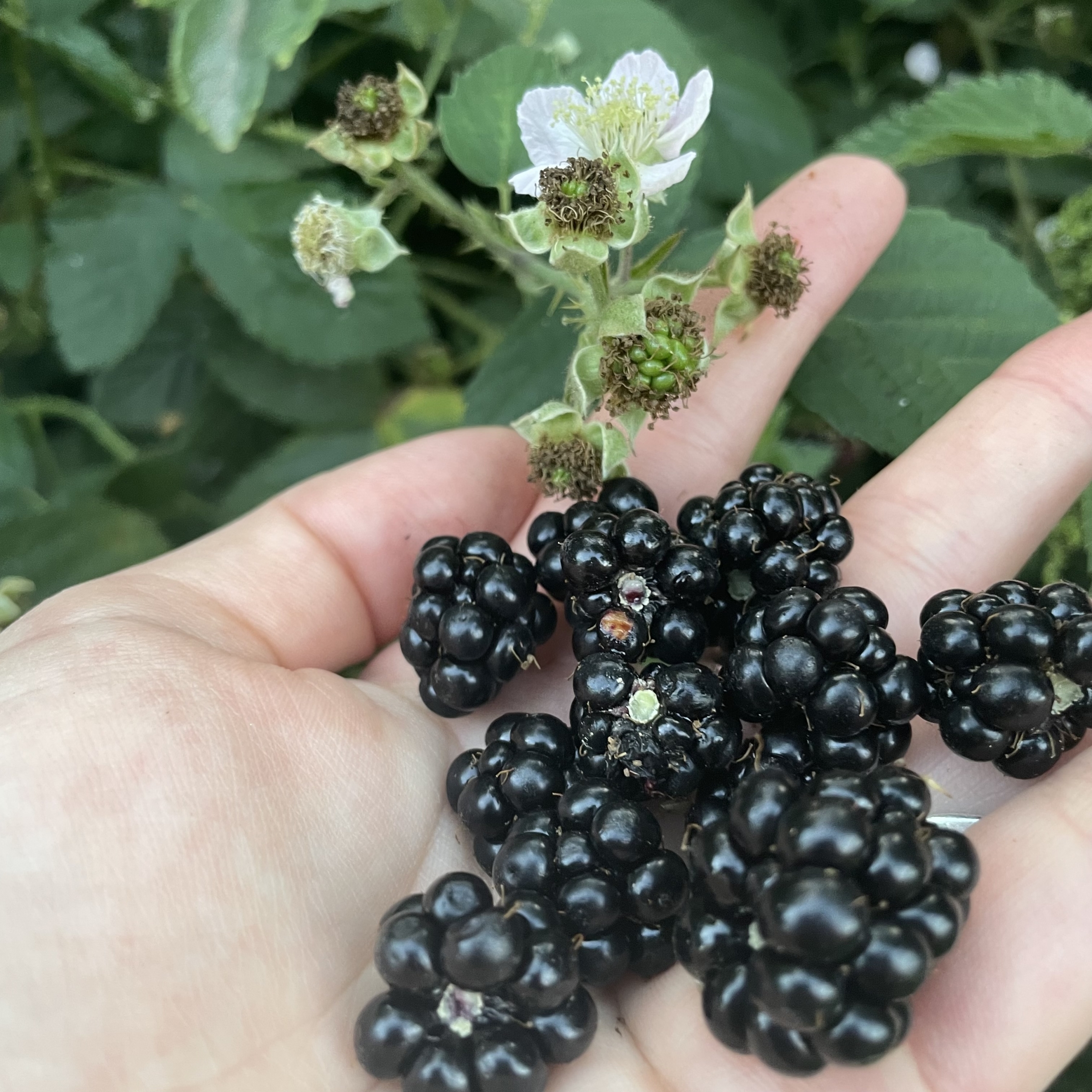
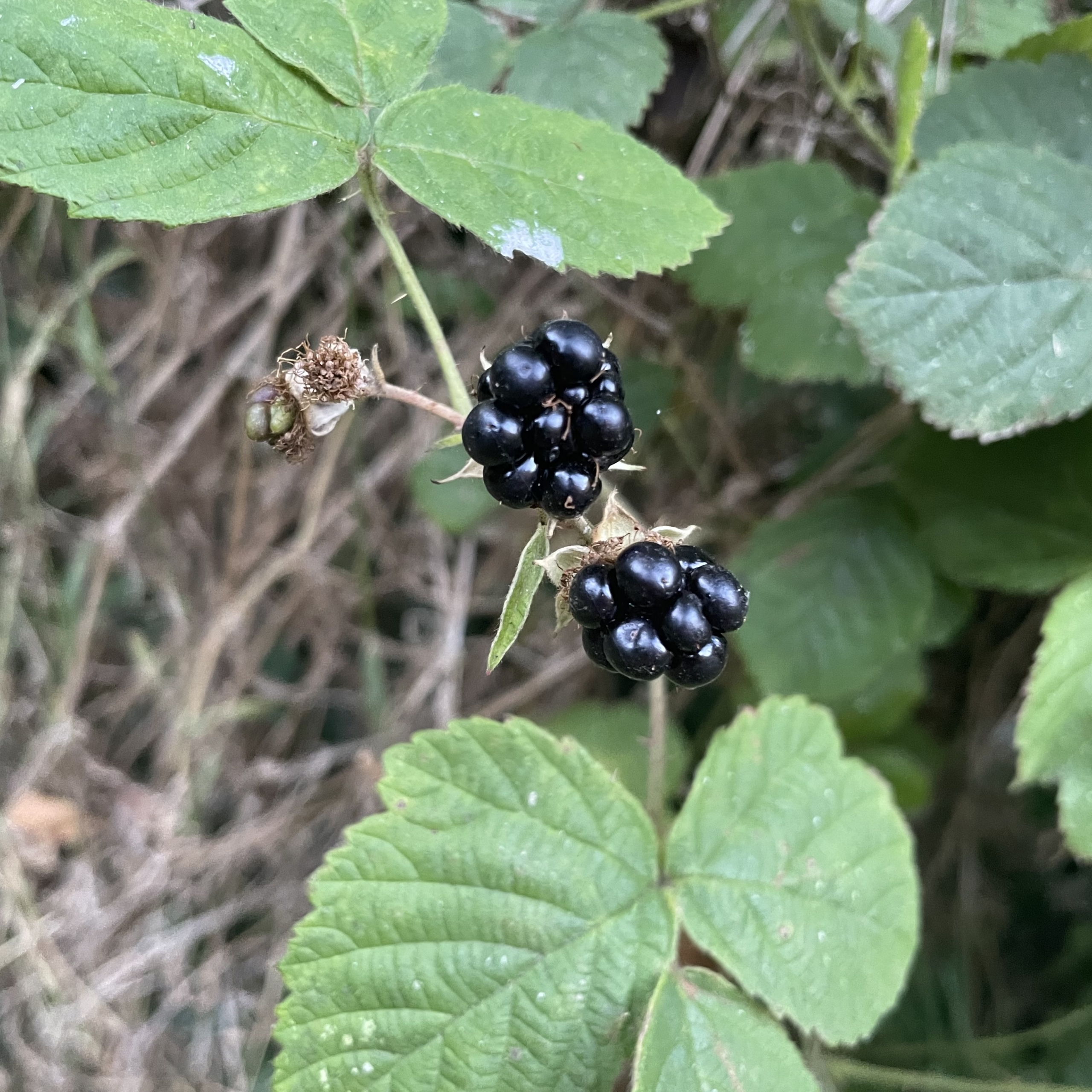
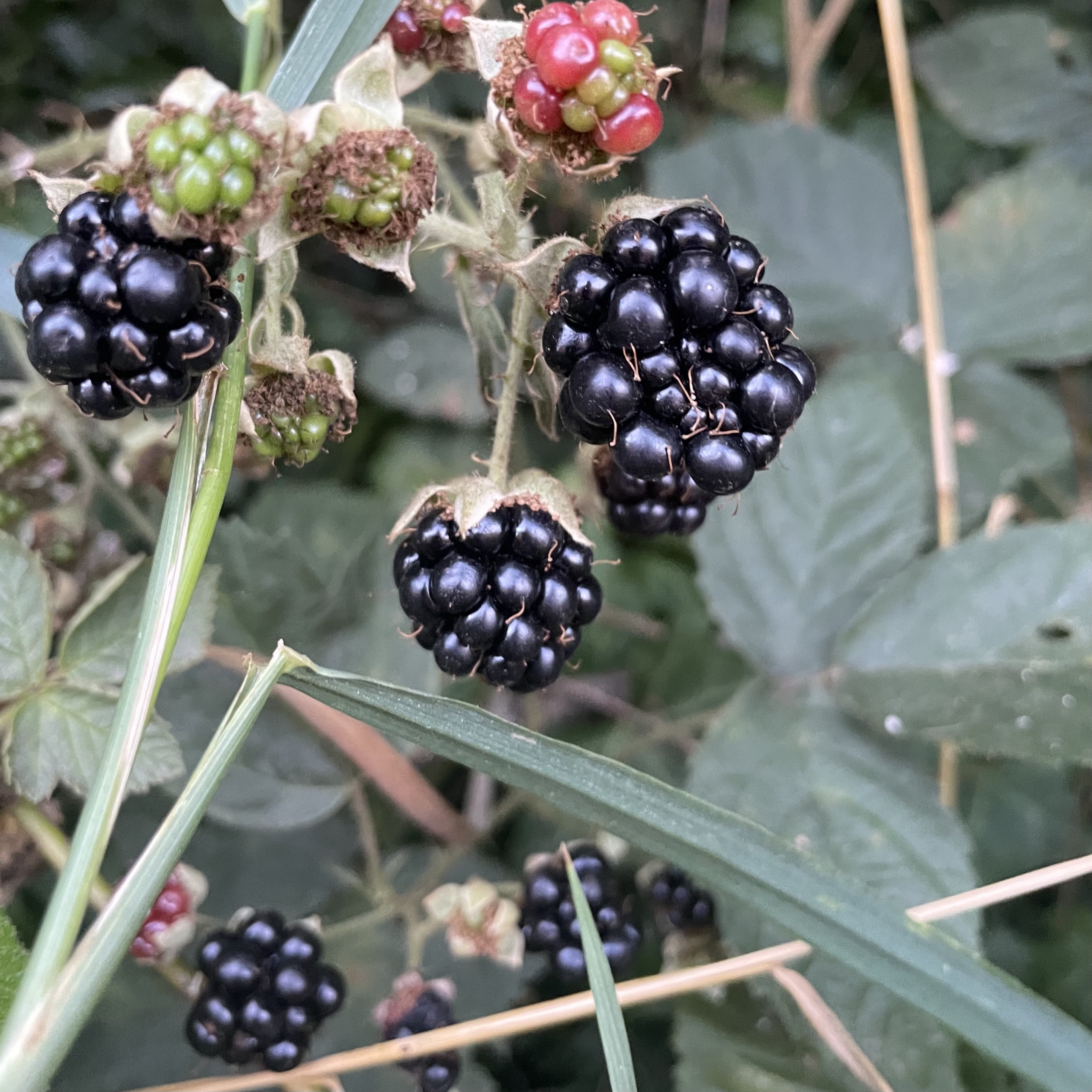
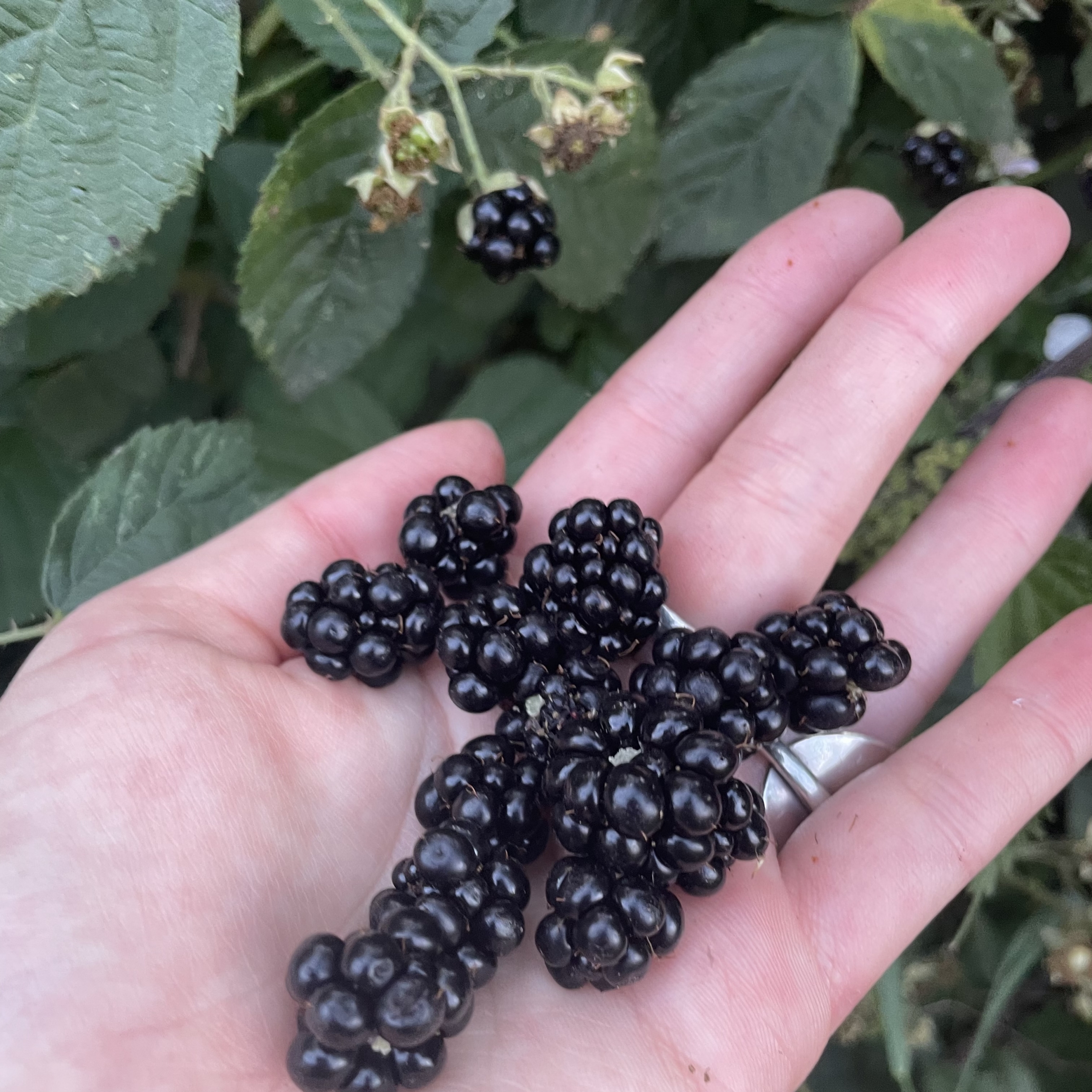
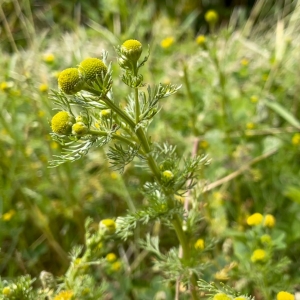
Scientific name: Matricaria discoidea
This plant is often referred to by its common names as; May Weed, Wild Chamomile, Pineapple Weed.
You’ll likely find Pineapple Weed growing in tough environments and poorer, compacted soil areas. We often find these plants in field entrances. Likely foraged from May through to October.
Pineapple Weed has some fantastic uses and makes the most delicious fruity tea!
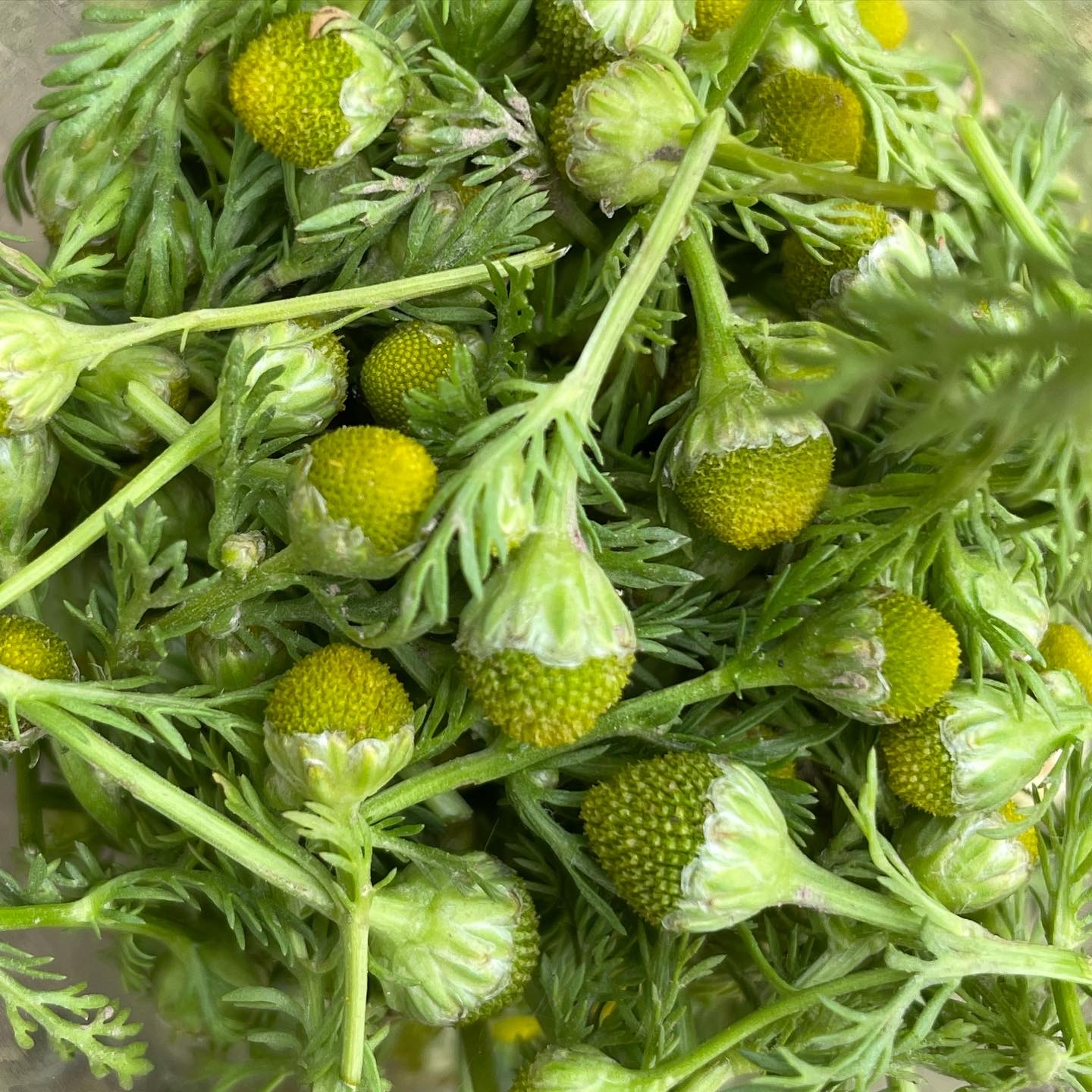
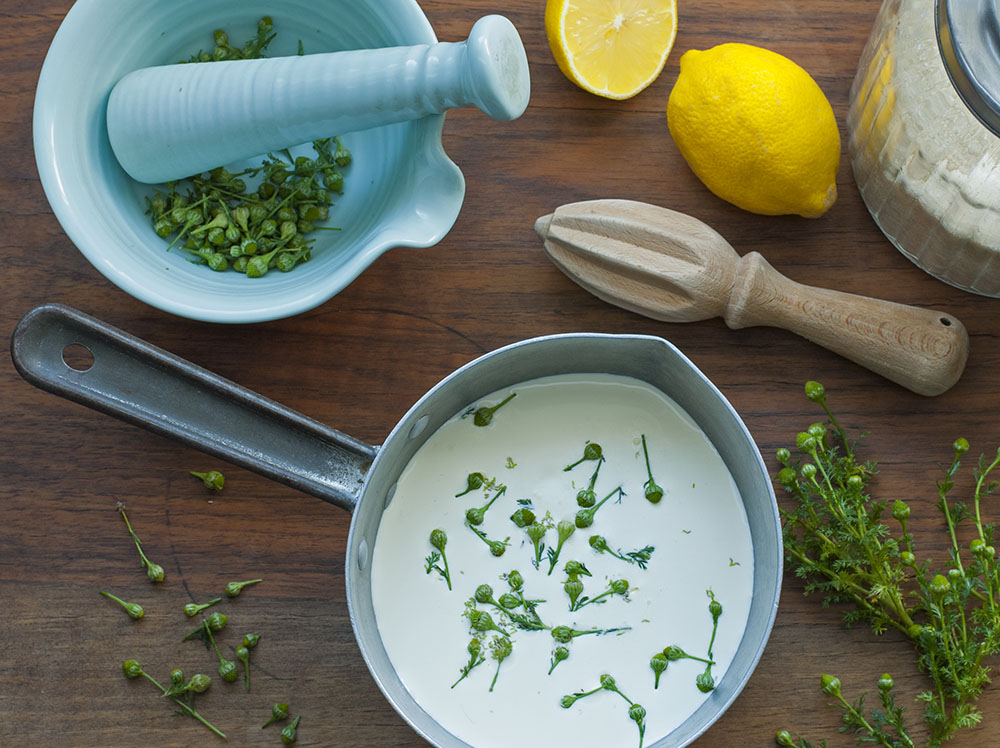
Pineapple Weed Posset: Click here to see how Marlow made this super simple, tasty treat!
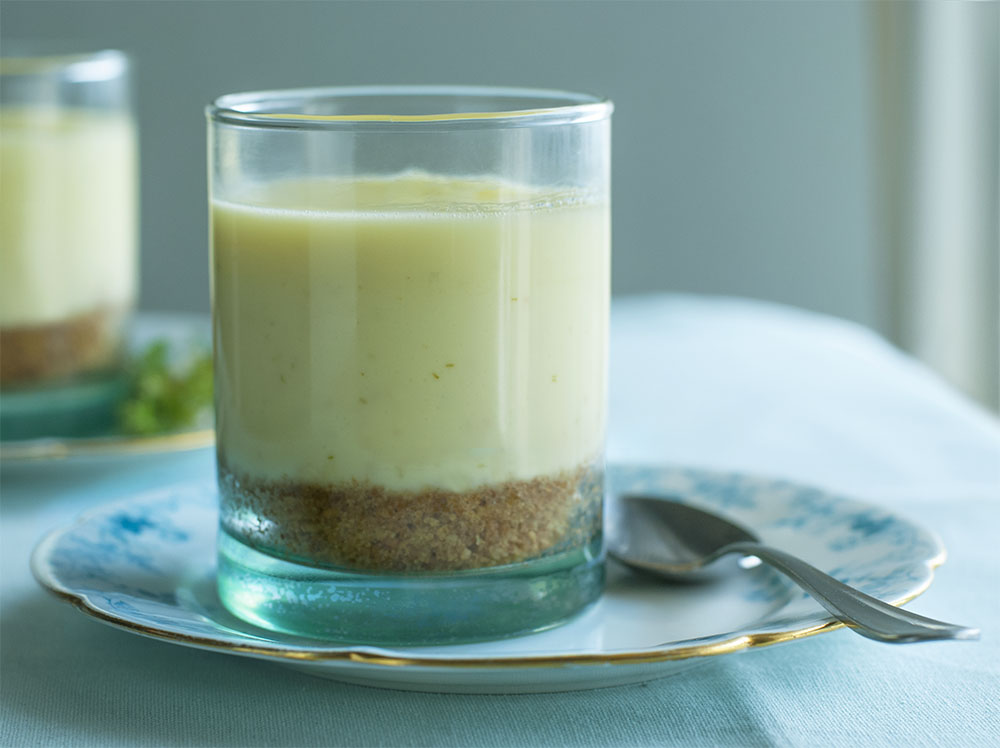
Experimenting with our foraged finds
We had another week of experimenting with flavours, creating Pineapple weed Ice lollies and ice-cream!
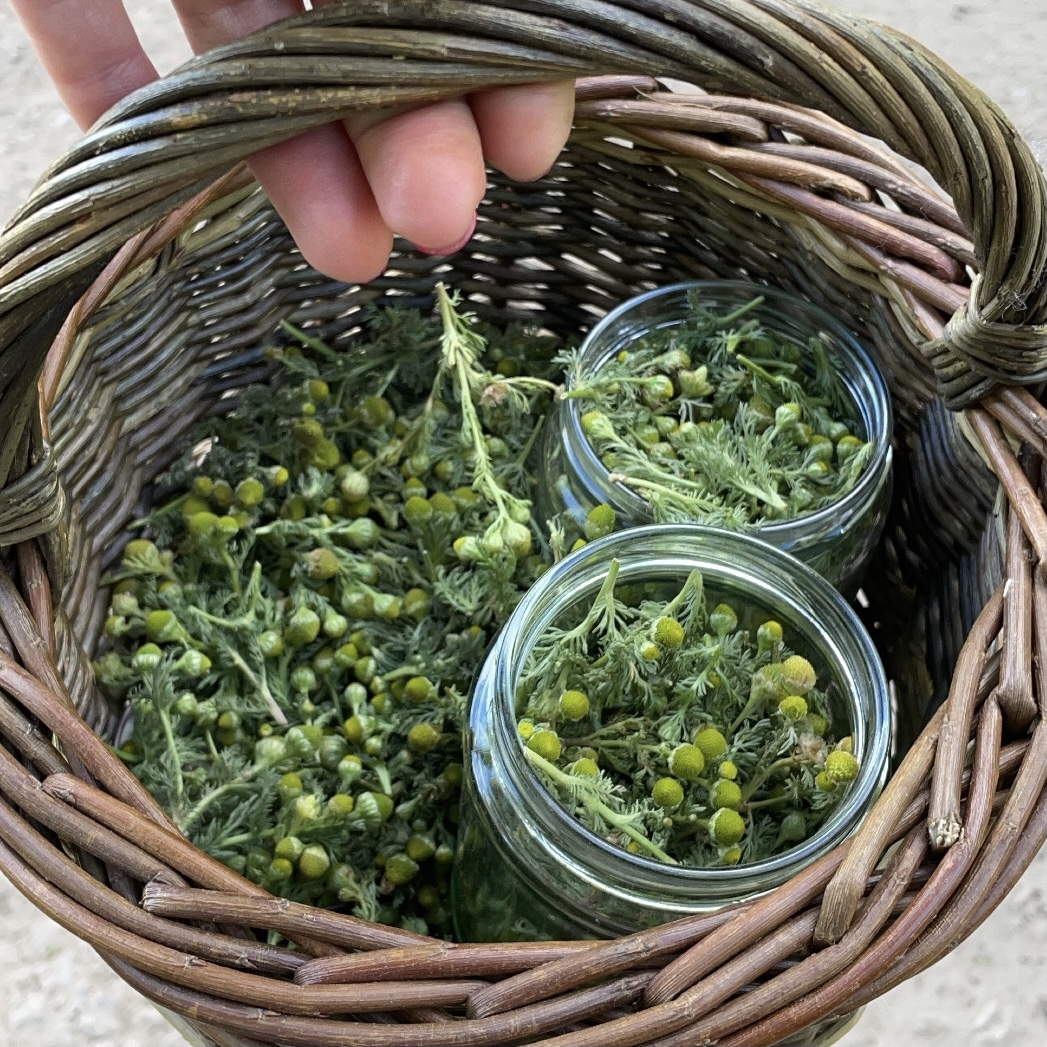
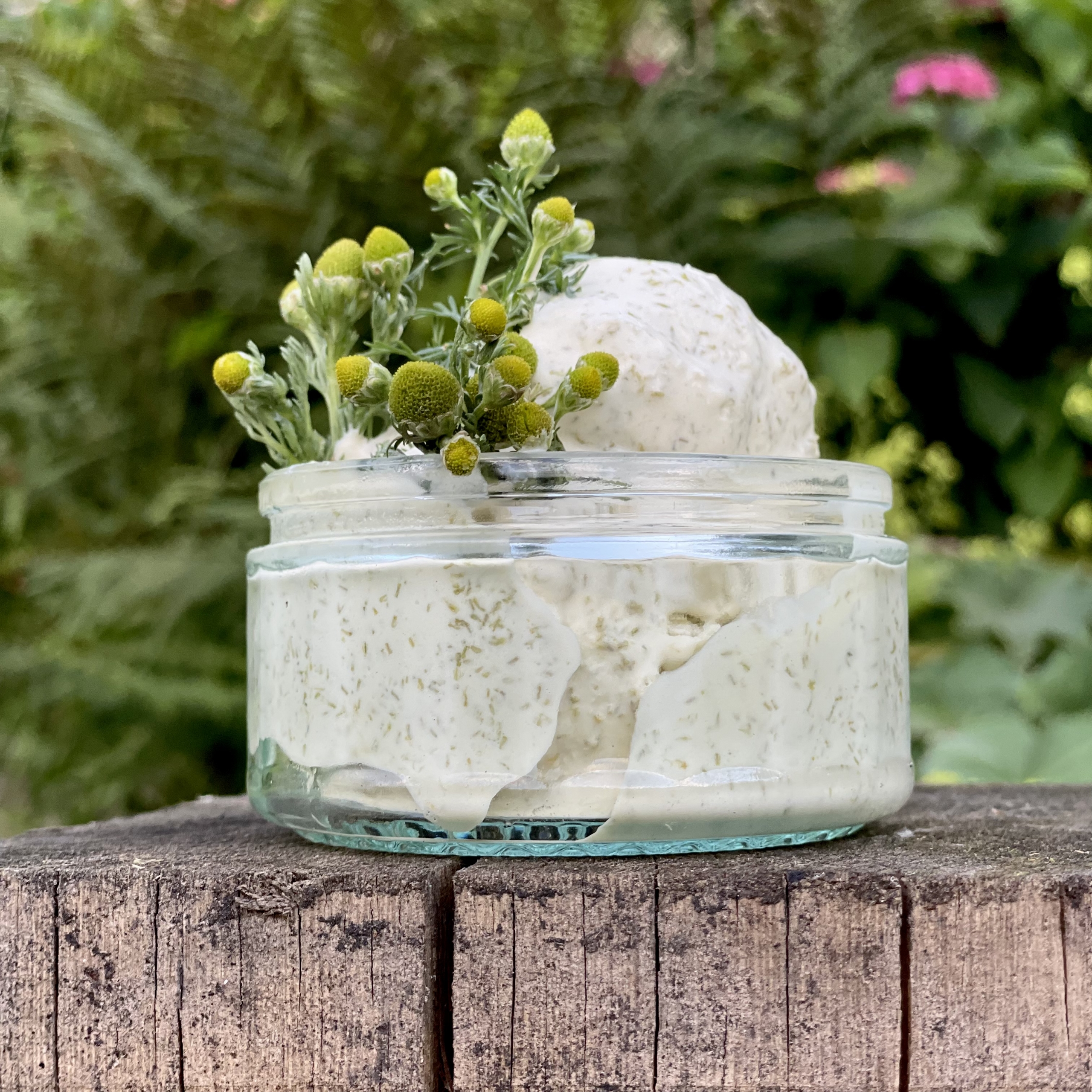
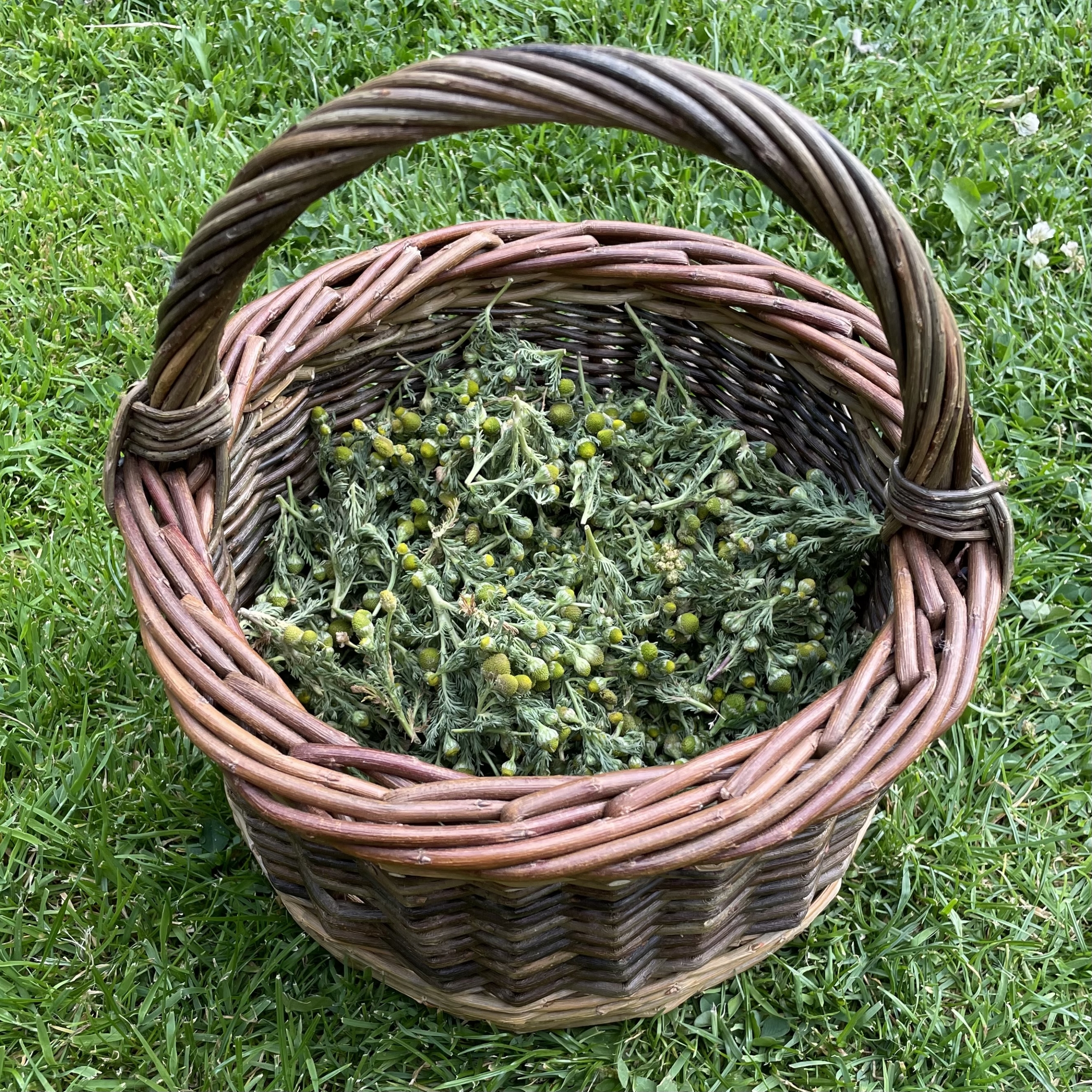
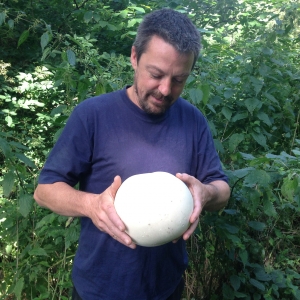
Scientific name: Calvatia gigantea
The Giant Puffball is one of the safest mushrooms to forage for in the UK. We consider this mushroom particularly good for the novice forager as the only real look-a-like to this mushroom would likely be a football when spotted from afar.
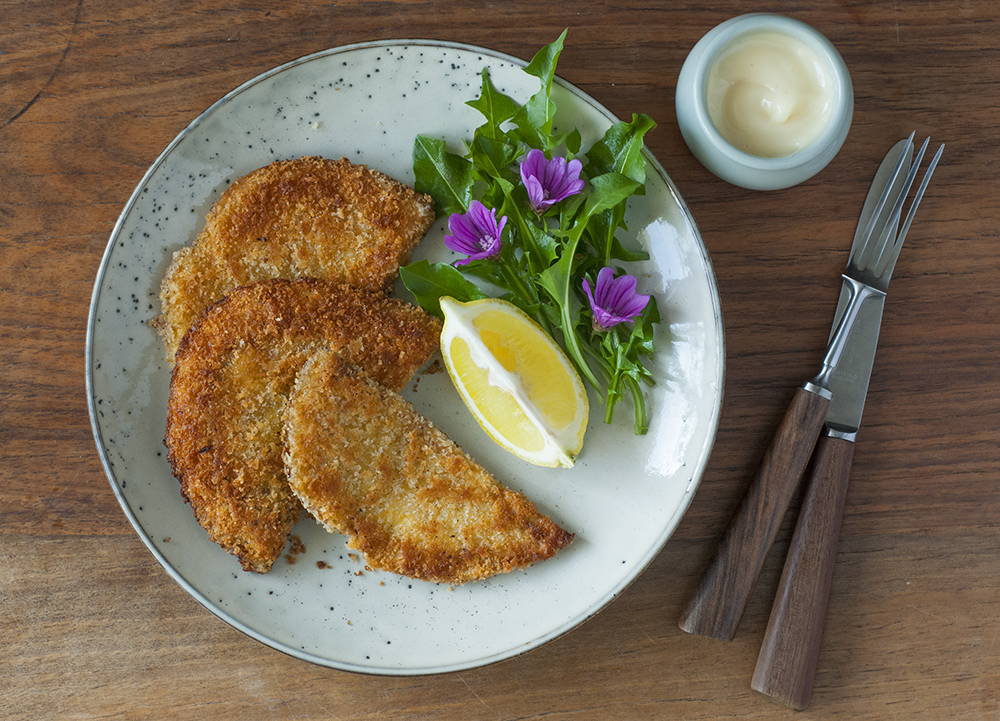
Have a go at making some Puffball schnitzels
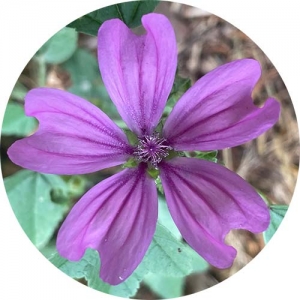
Scientific Name: Malva sylvestris
Mallow is a great plant to stumble upon when foraging. Often found along roadsides (you may see them while you’re in the car), path edges and in hedgerows. You’ll likely spot Mallow in flower from June until September. Brightening up any summer salad with beautiful flowers baring little fruits called ‘cheeses’ which are the young seed pods. These ‘cheeses’ have a nutty flavour and a prefect snack to nibble on as you walk.
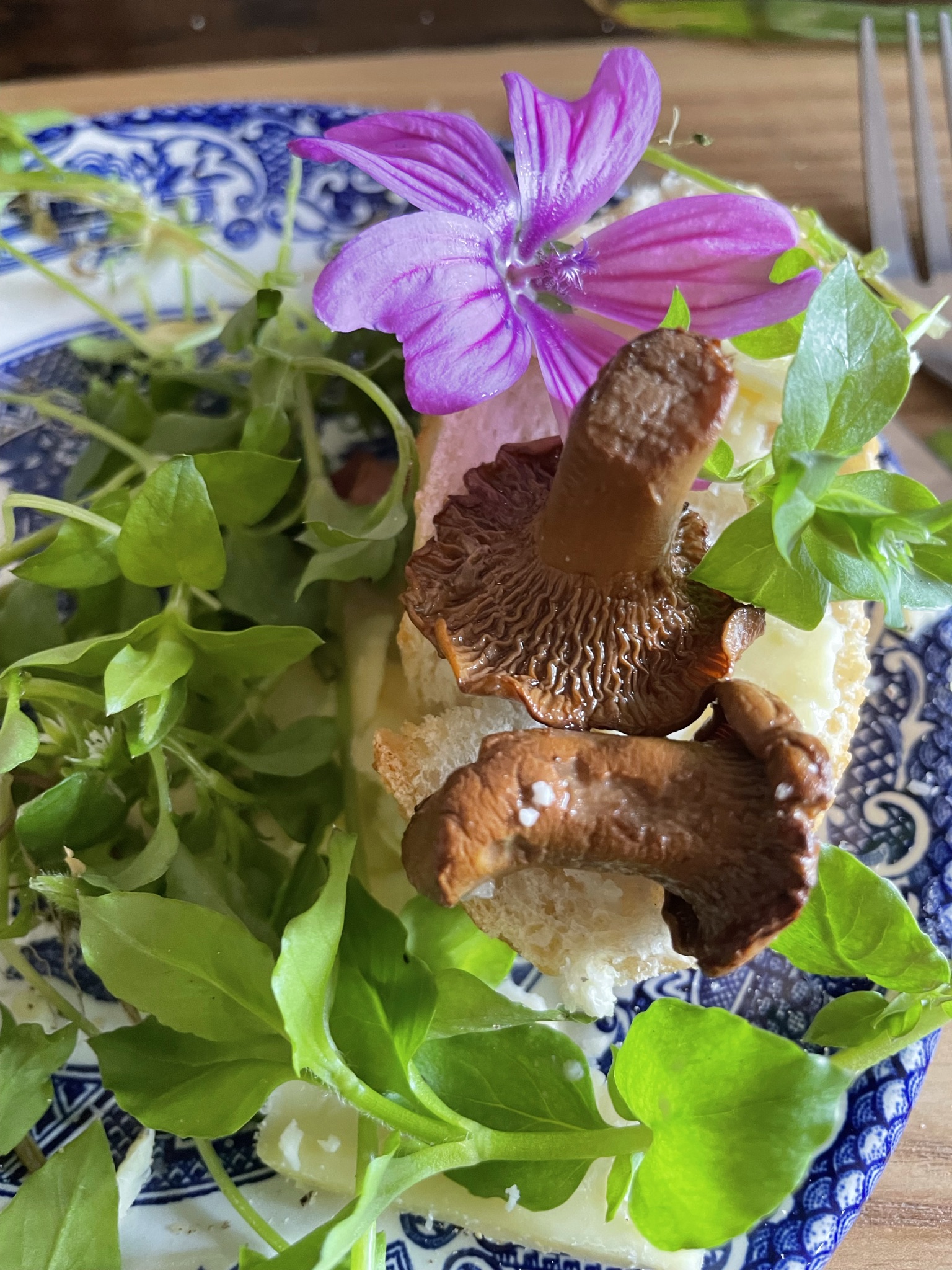
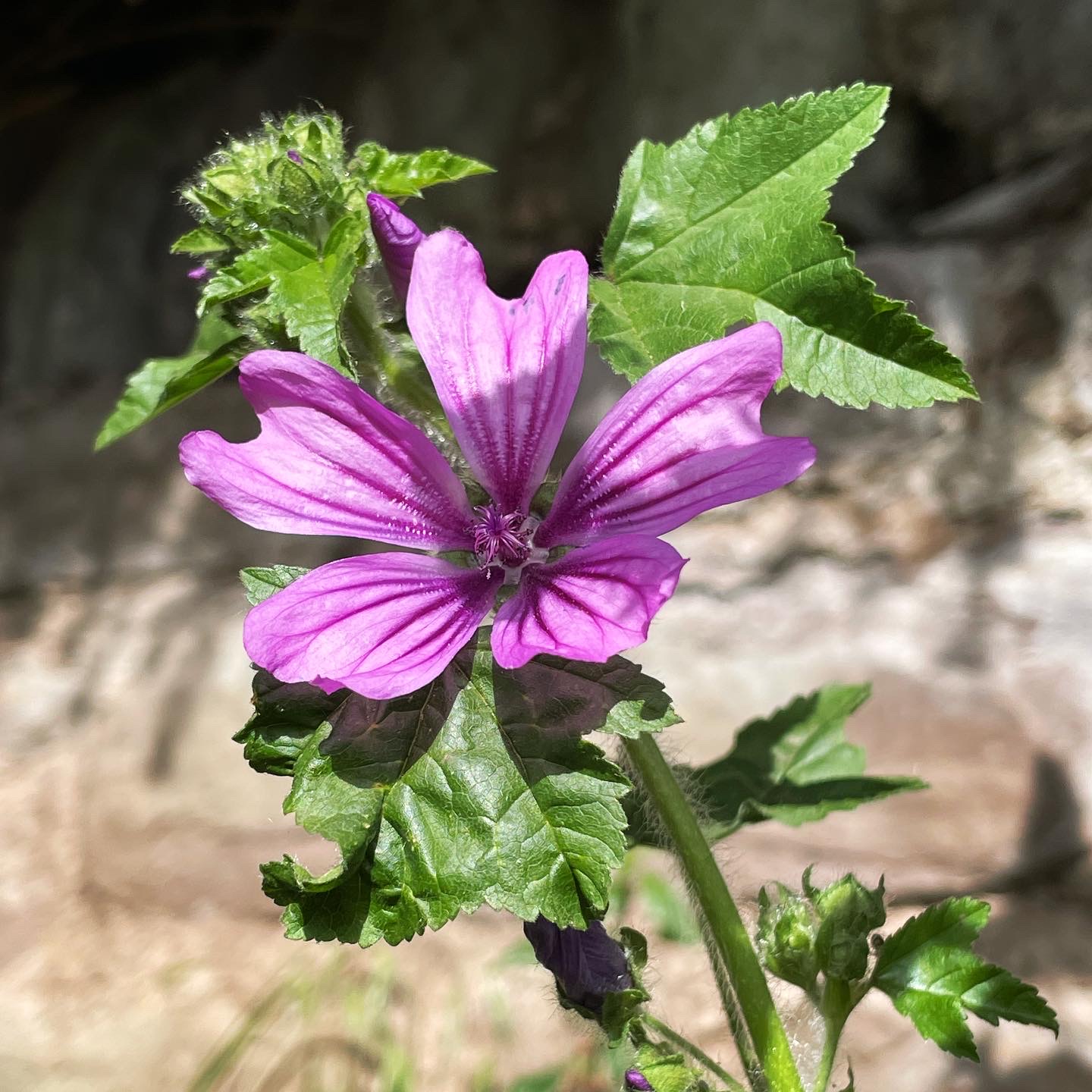
A simple foraged salad using Mallow, Pickled Chanterelles and Common Chickweed, Yum!
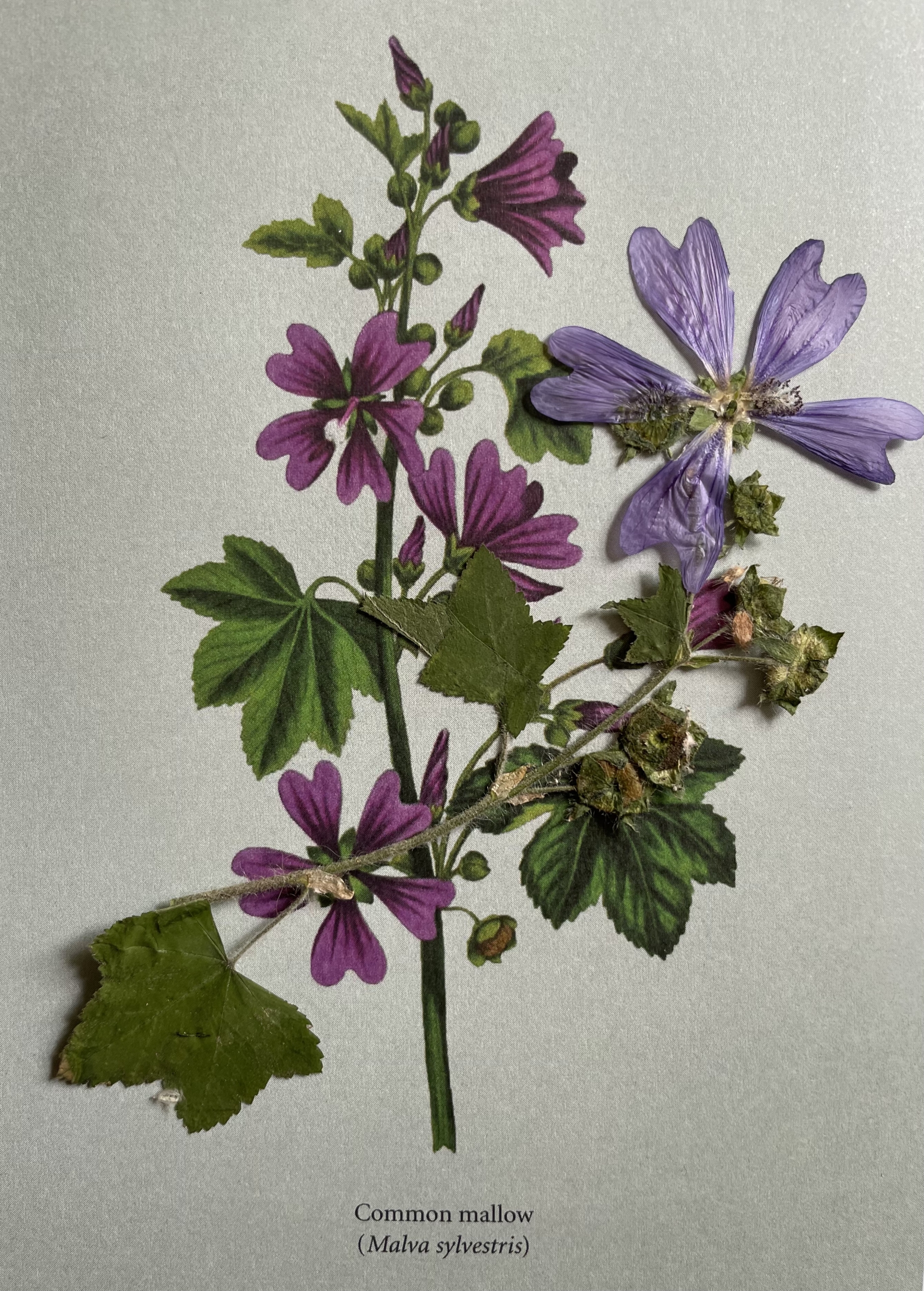
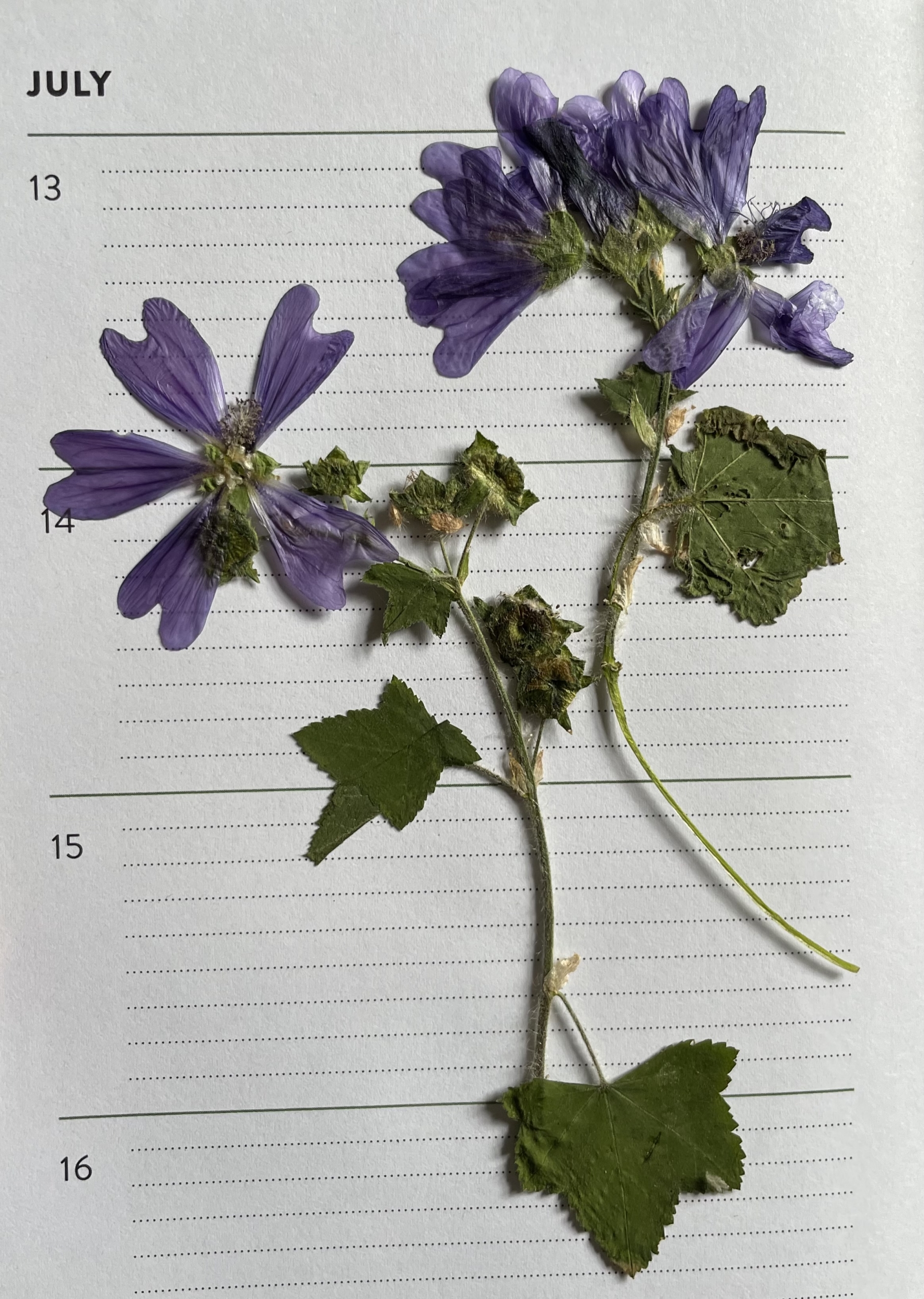
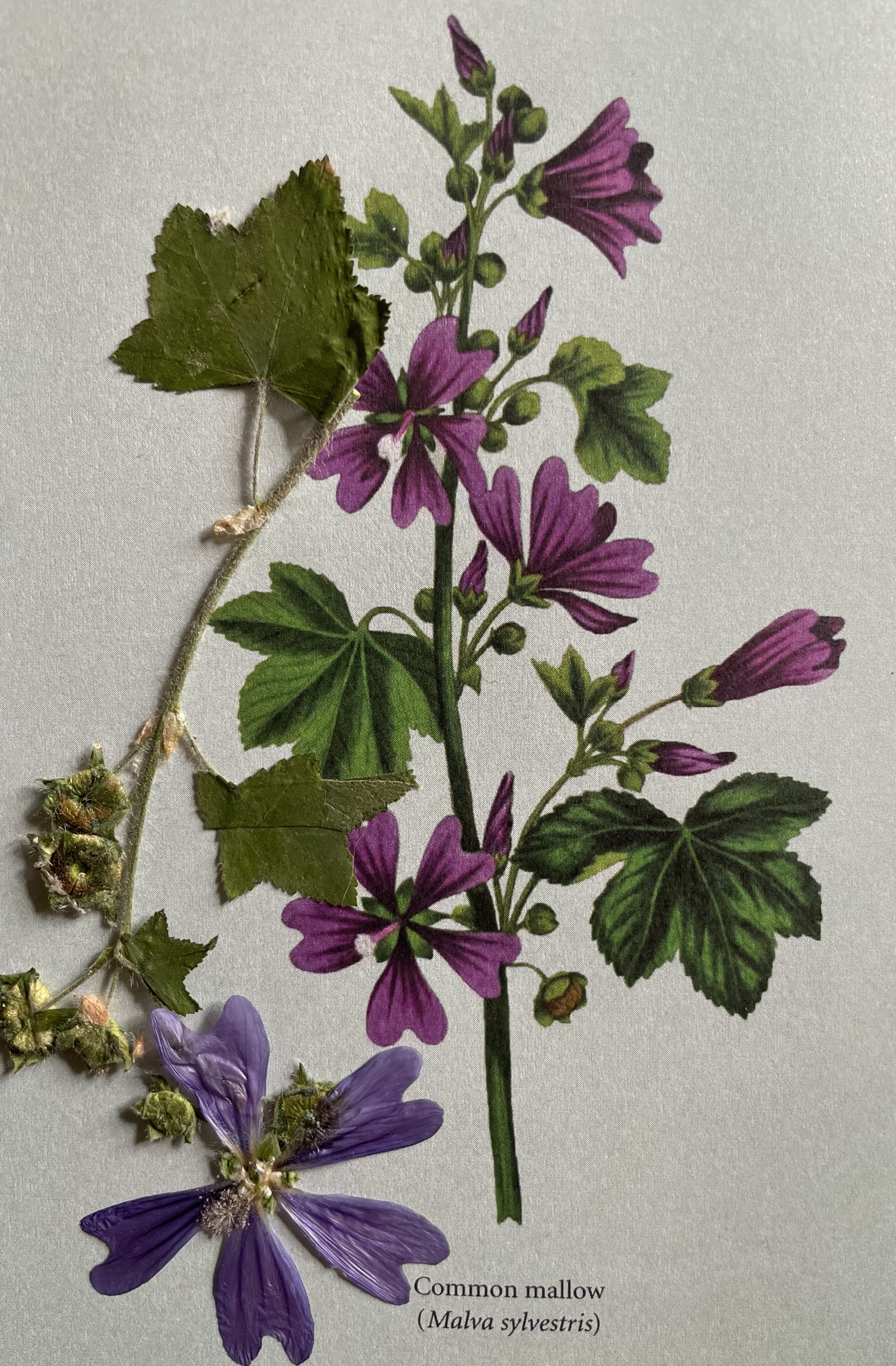
Our Foraging Field Journal in action! We use ours to jot down where and when in the year we find an edible plant or mushroom. This year we’ve been collecting wildflowers we’ve spotted and have dried, pressed and stuck them in. This helps us easily keep tract of our finds, where and what time of the year we found them so that we always have them for future reference.
Click Here to get yours today.
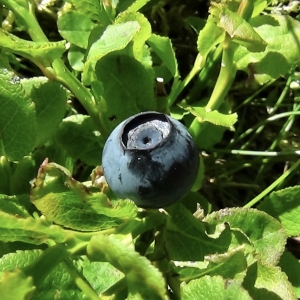
Scientific name: Vaccinium myrtillus
This berry is also know by its common names such as: Blaeberry, Whortleberry, Myrtle Berry, Whinberry and Windberry. They taste so good that you might struggle to gather enough for any recipe! Rarely do we make it home with any left in our baskets. Bilberries are the perfect foraging snack for a hungry forager. Likely foraged for from July through until September.
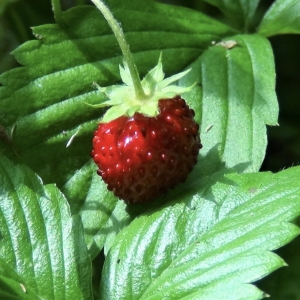
Scientific name: Fragaria vesca
A fairly common and delicious find that can be spotted from the months of May-August each year. Wild Strawberries tend to grow in mixed woodland or hedgerows preferring places with partial shade.
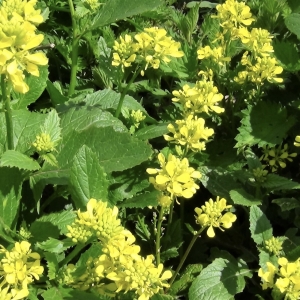
Scientific name: Sinapis arvensis
Wild Mustard is known also by its other common names: Charlock and Field Mustard. This plant can be foraged for along the sides of field edges and roads. Smelling strongly of mustard (especially when you crush the leaves).
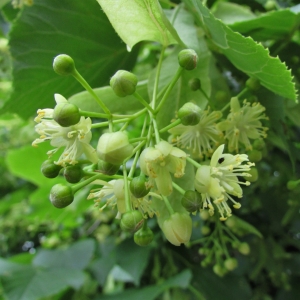
Scientific name: Tilia sp
The young, translucent leaves are best for salads and the fruit, including the leaf bract, are best dried and made into Linden tea or Tilluel.
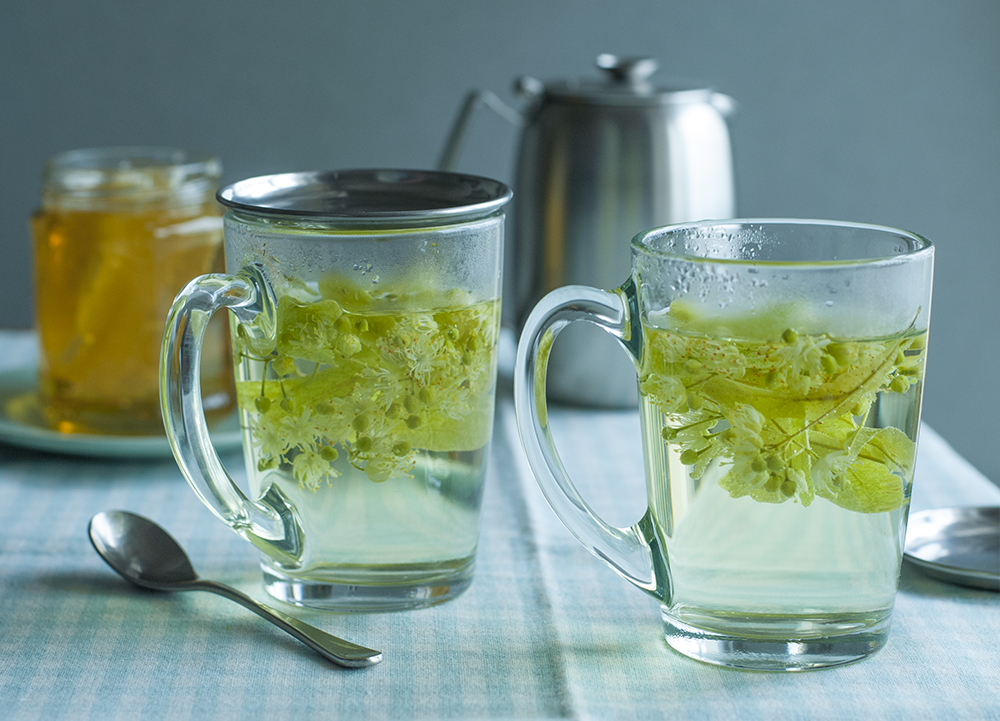
Linden flowers make a excellent tea.
Happy foraging everyone!
If you’d like to know a little more about our finds please head over to our sister site, Wild Food UK to see their very helpful mushroom and hedgerow guides *please note that photos vary to every hedgerow*.
Please let us know if you need any assistance or information and remember to stay safe and never eat anything unless you’re 100% sure it is safe to do so.
Don’t forget to follow us on our social media pages
Instagram: @foragingshop @wildfooduk
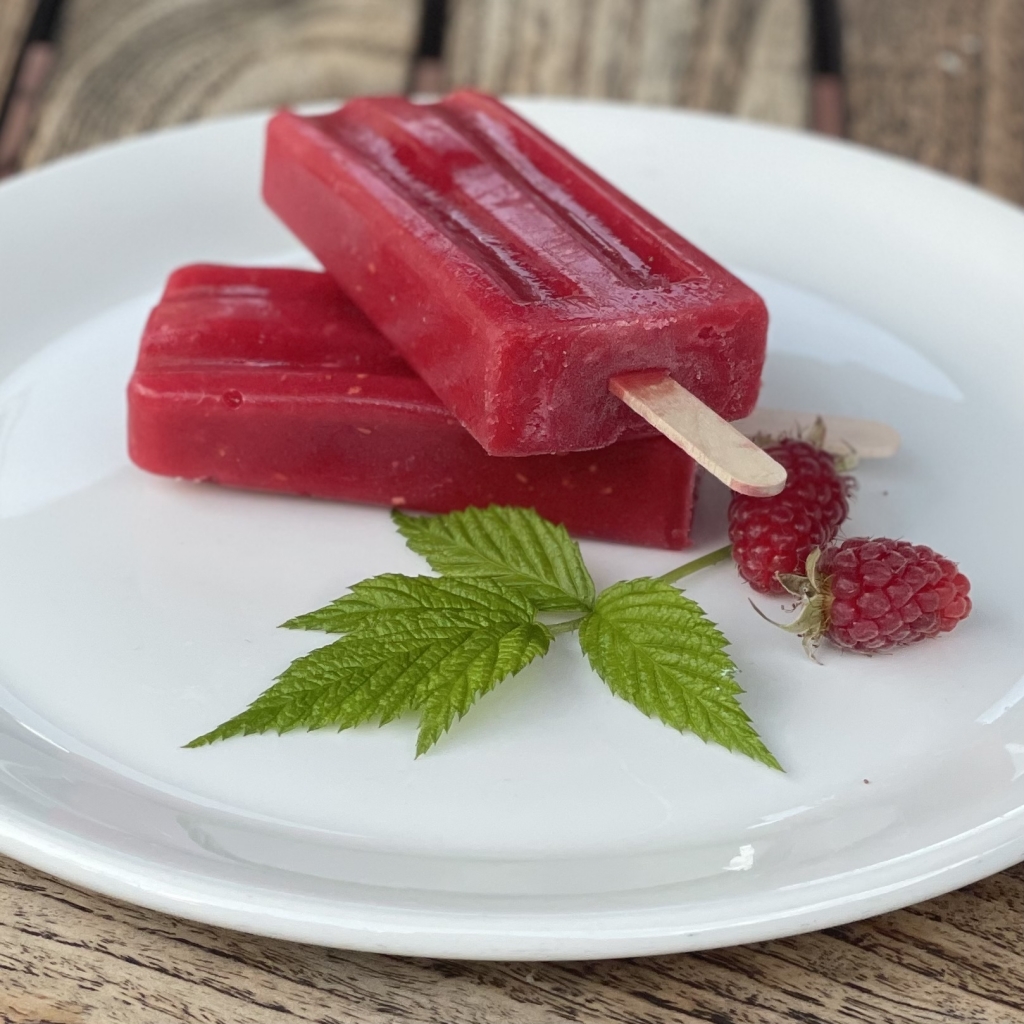
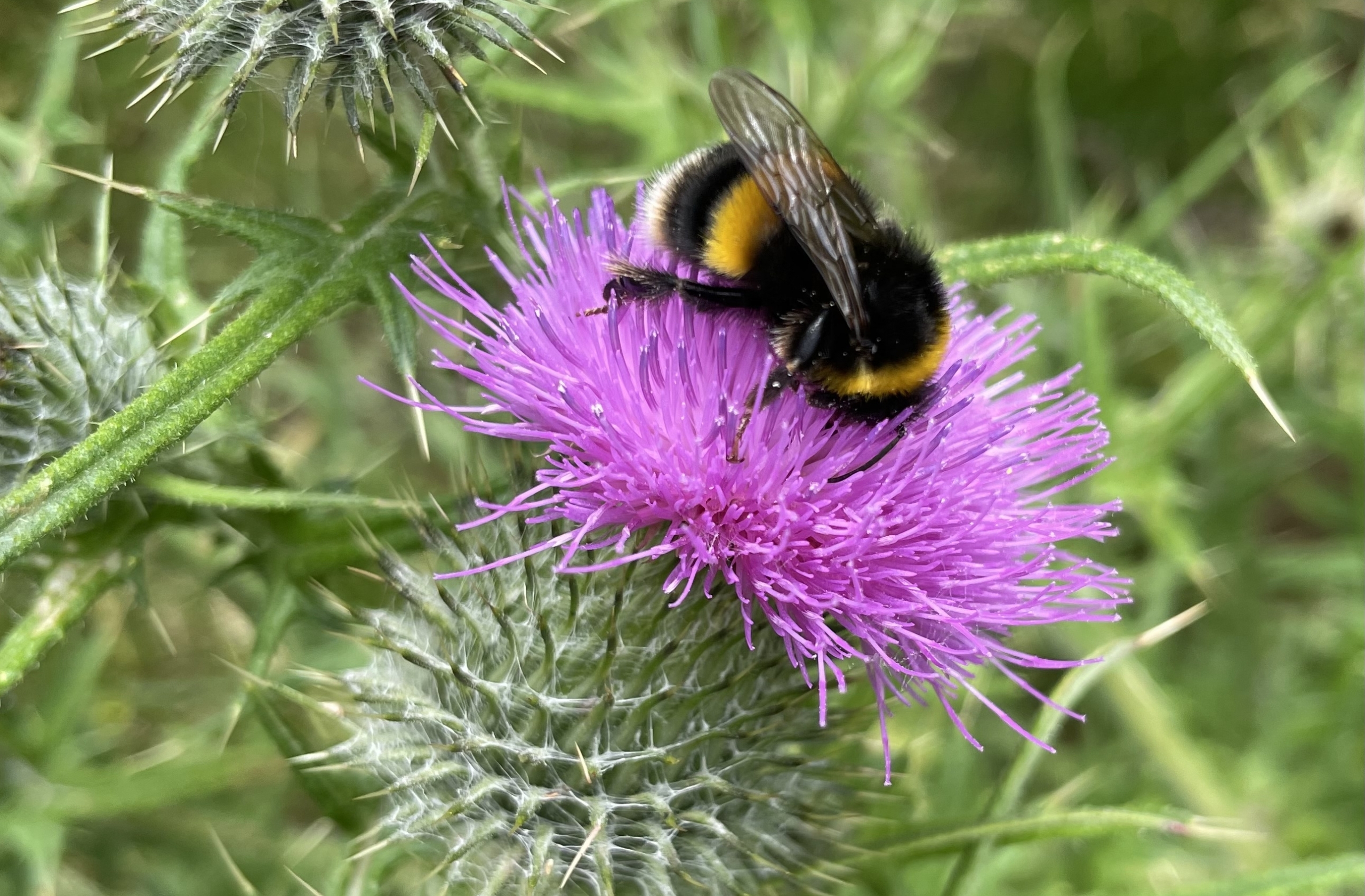
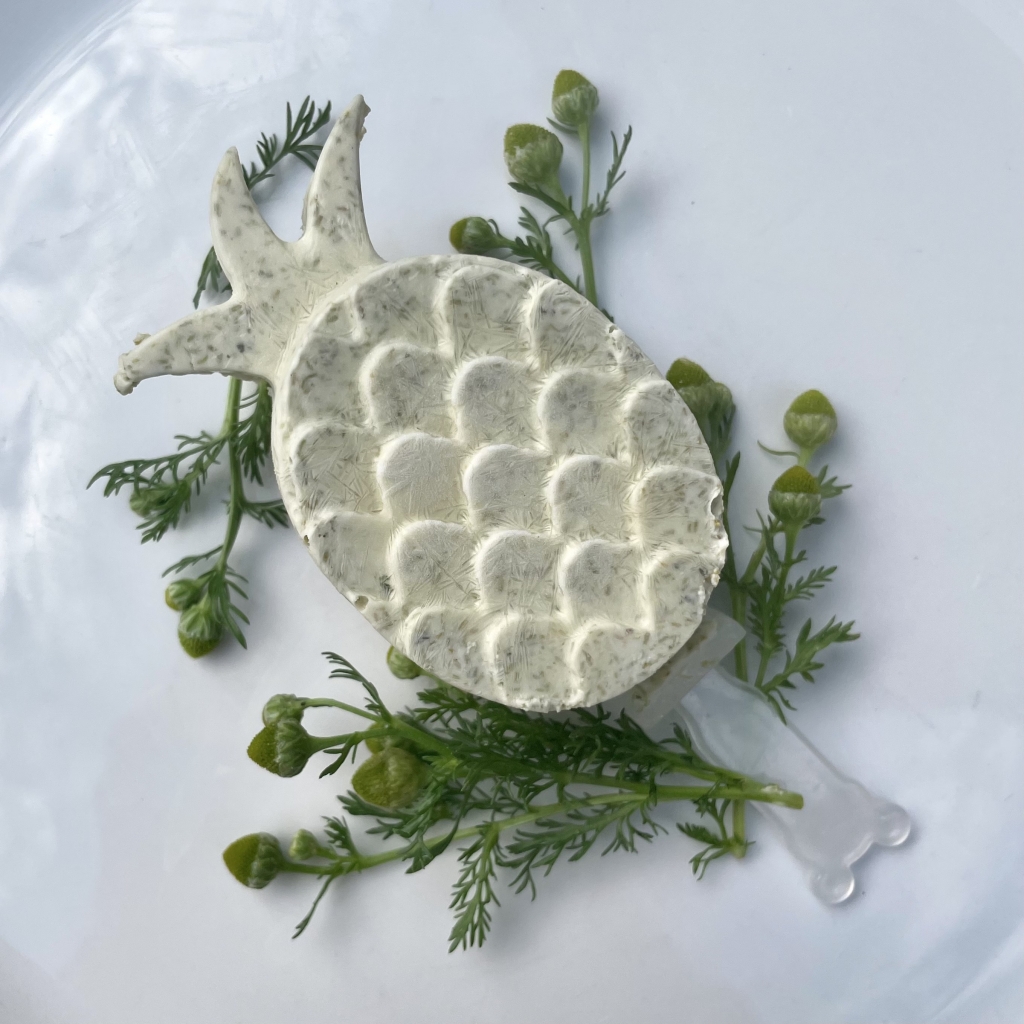
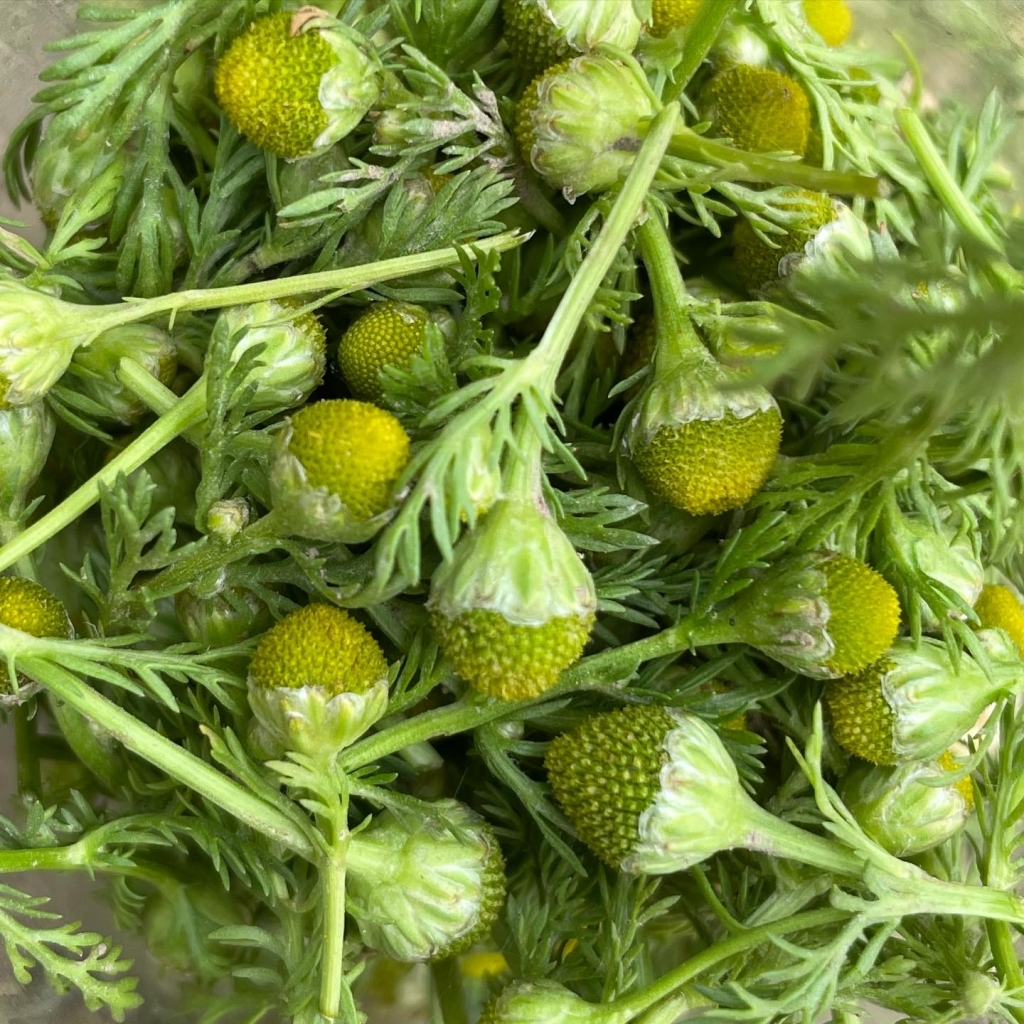
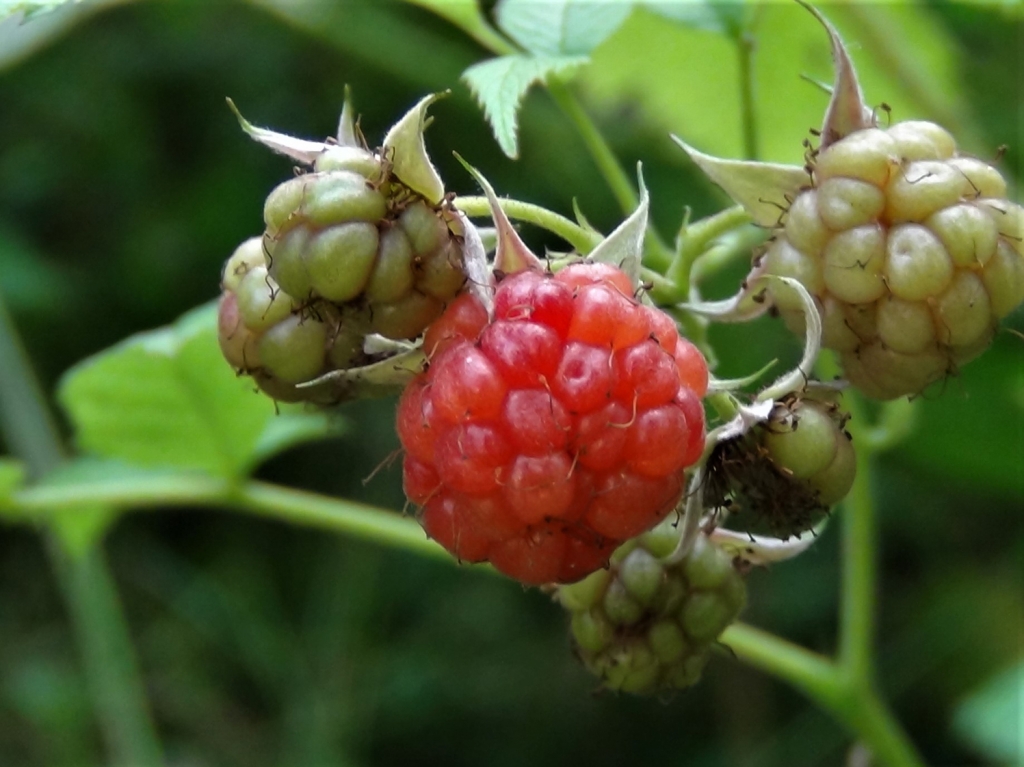
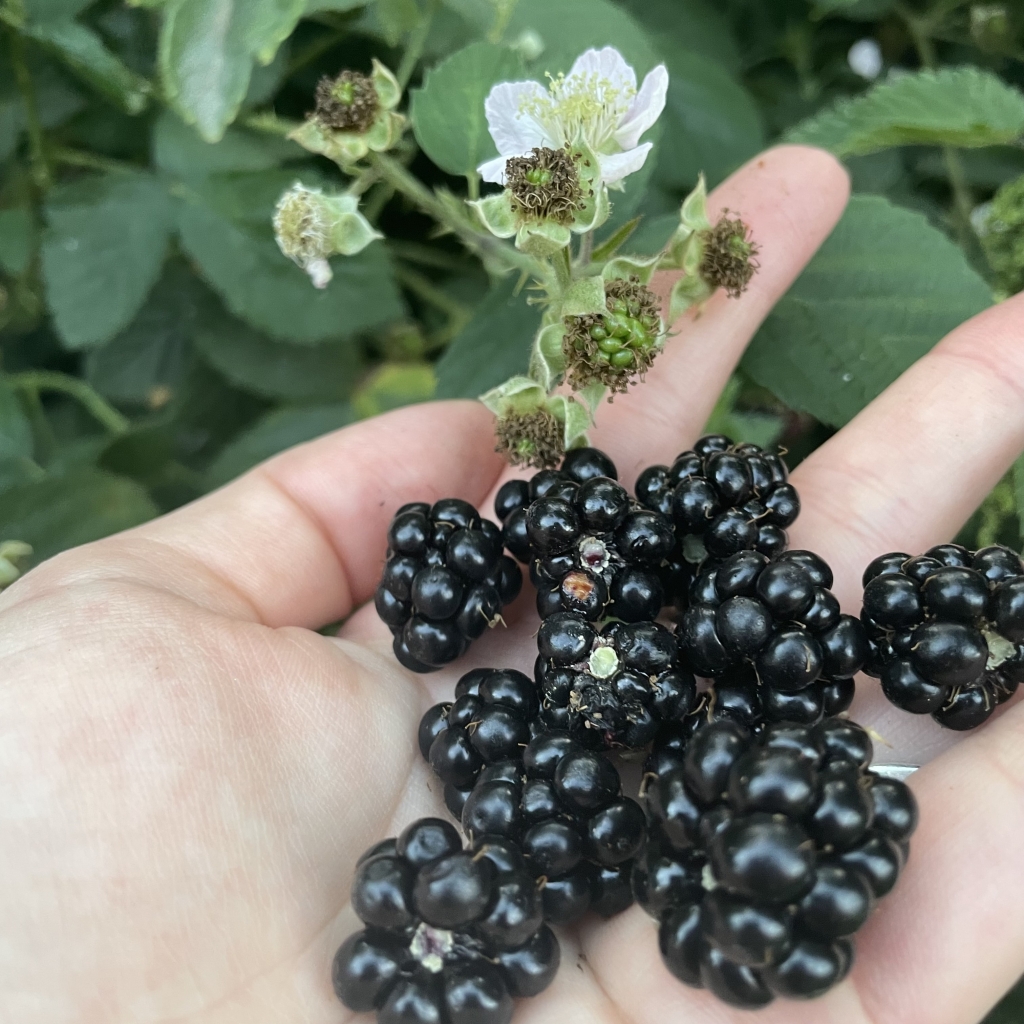
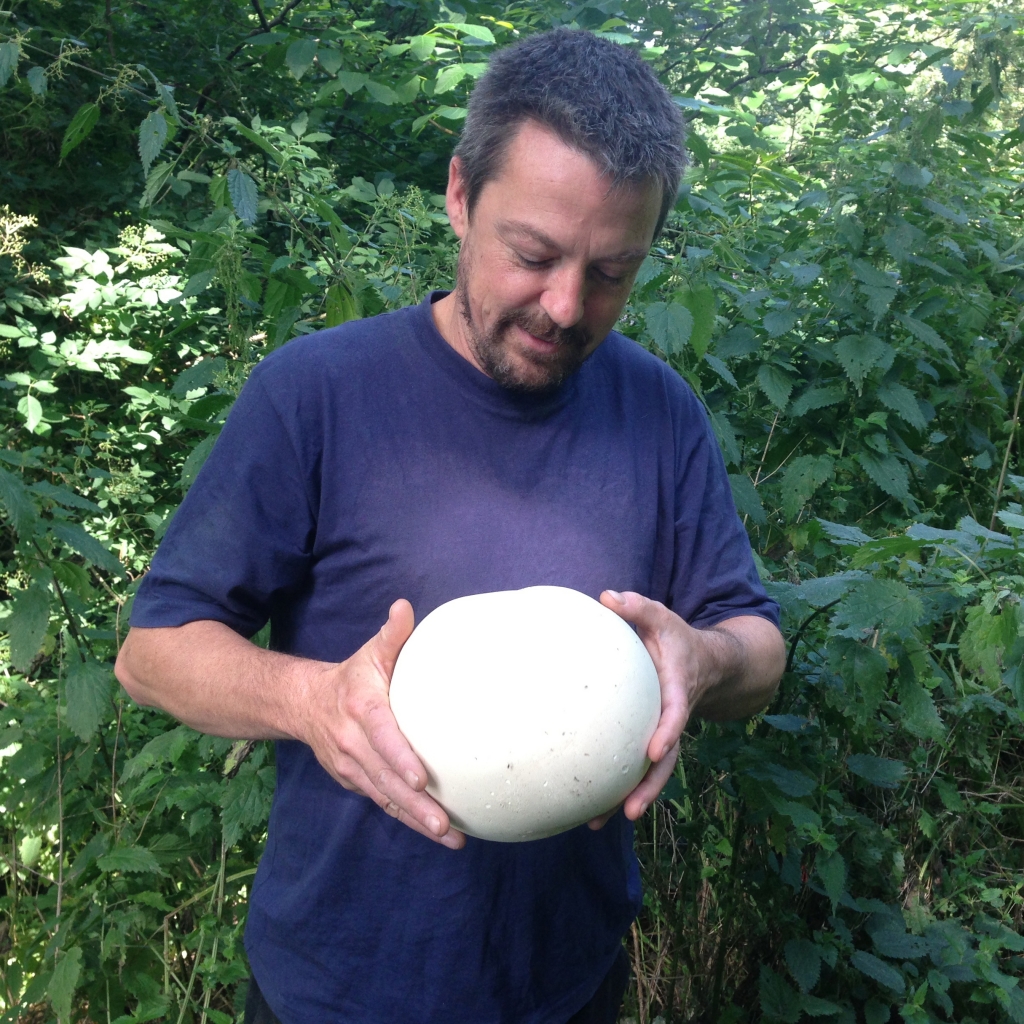
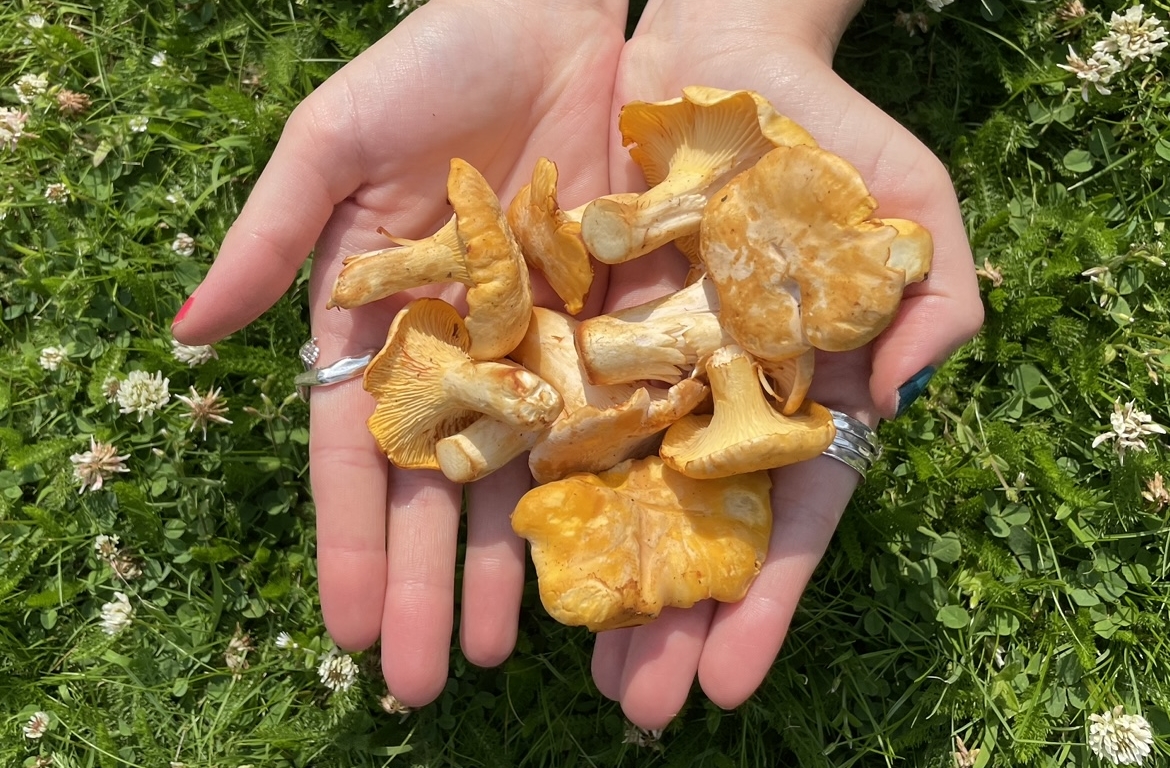
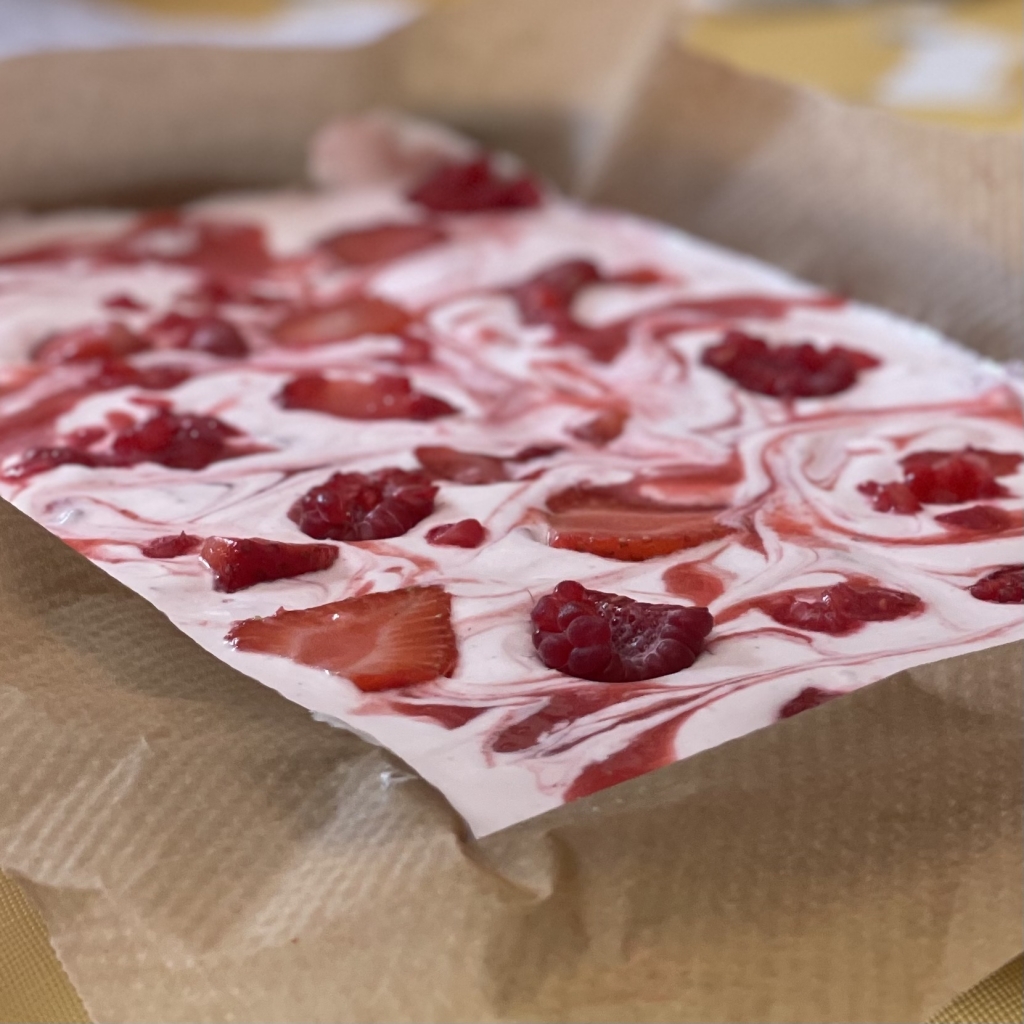
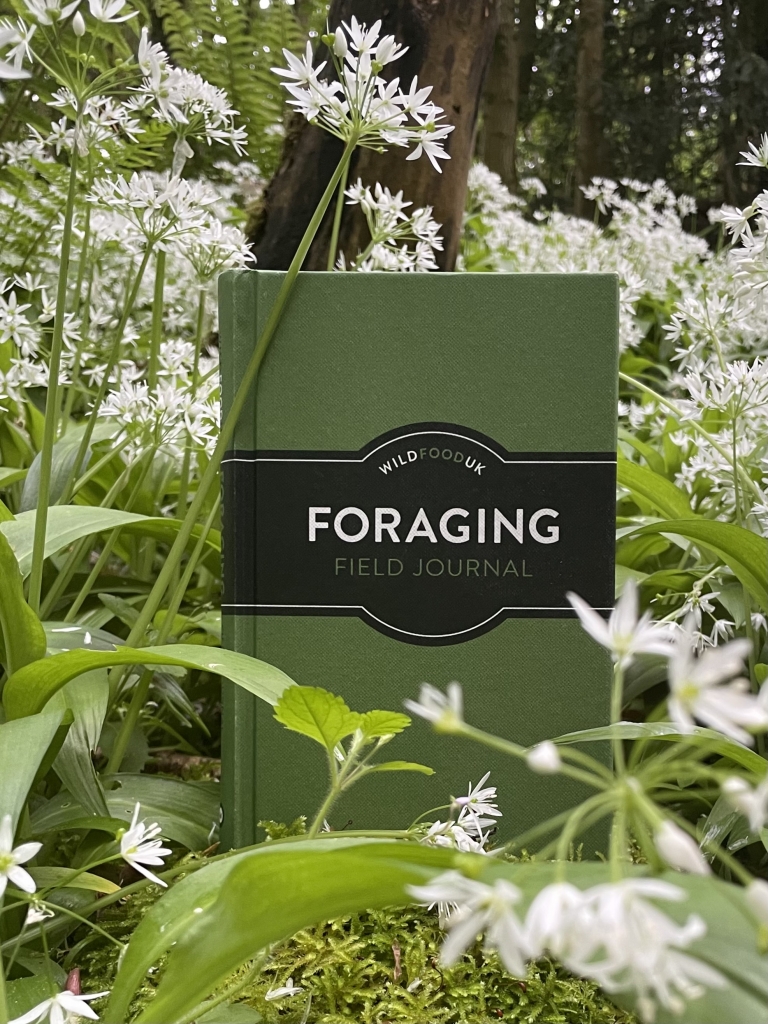
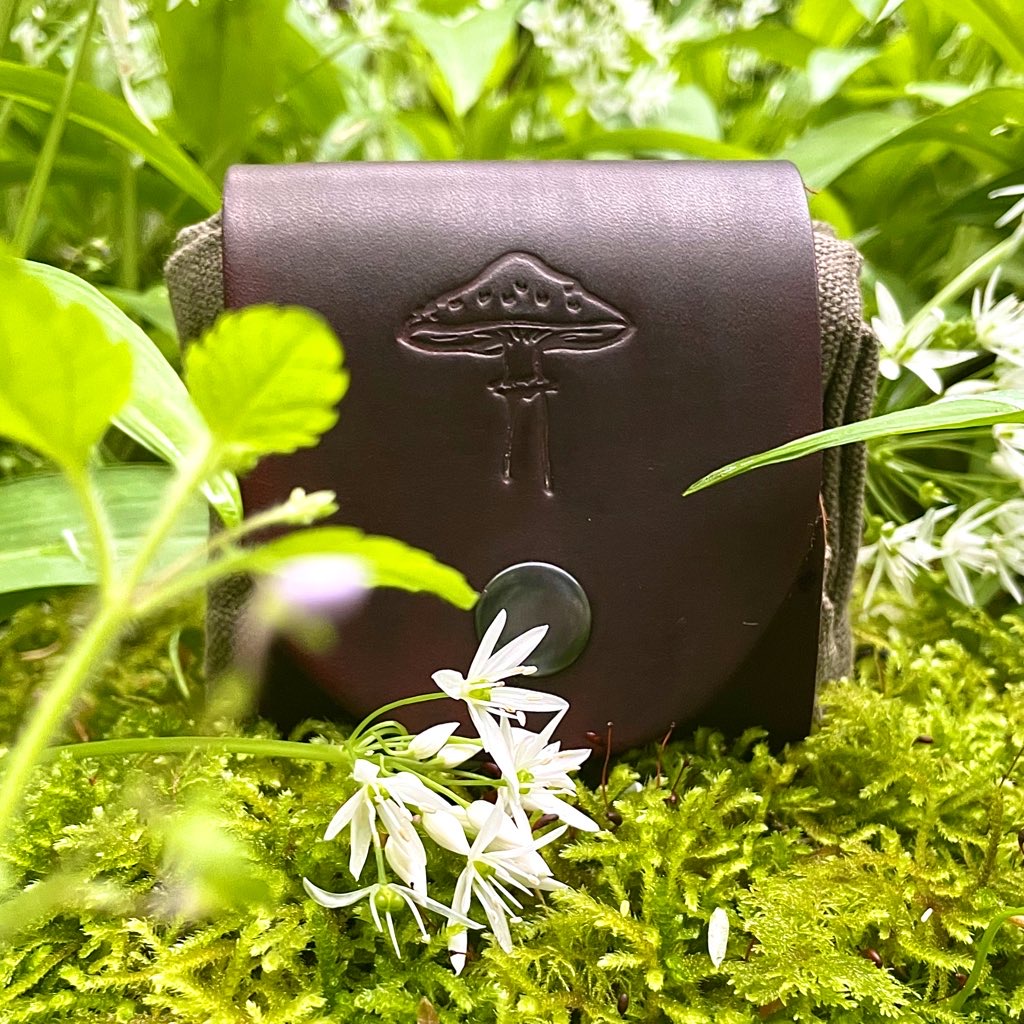
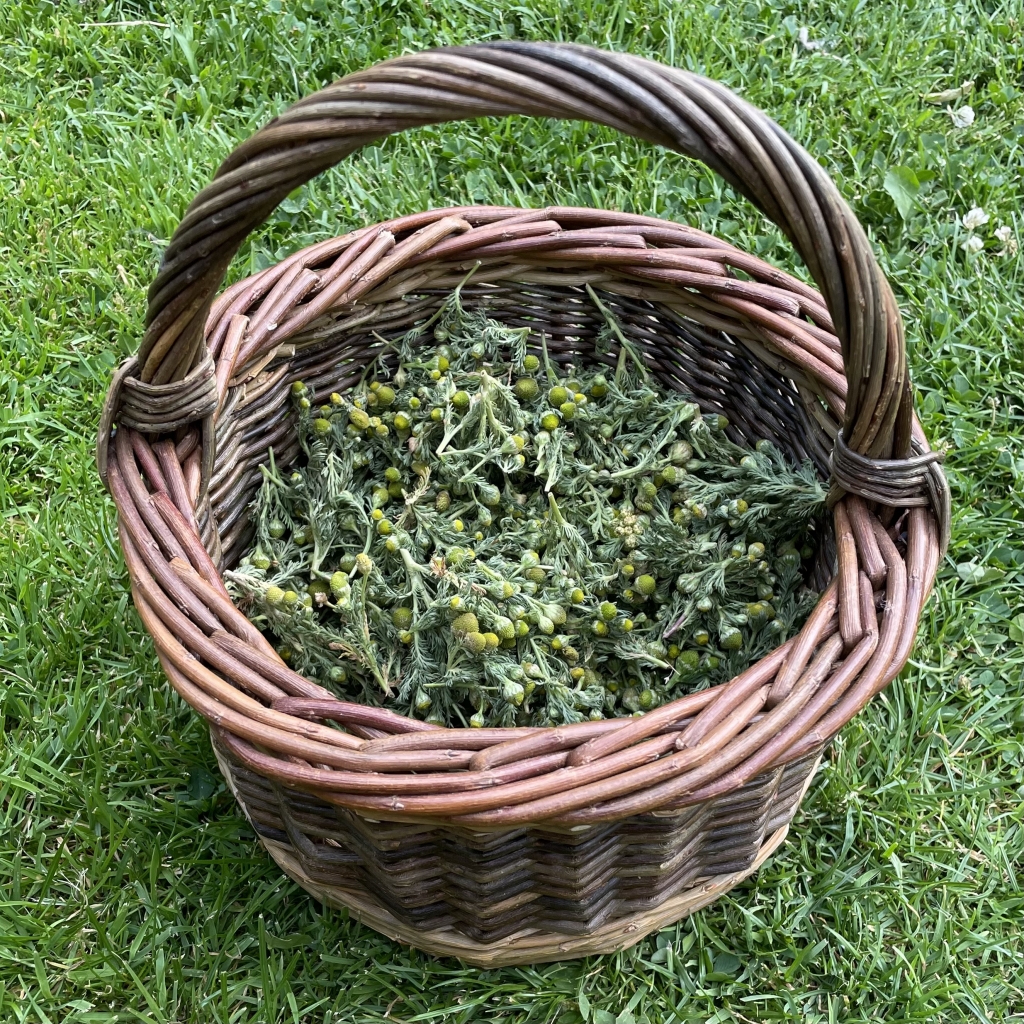
Happy foraging everyone!
Instagram @foragingshop @wildfooduk
